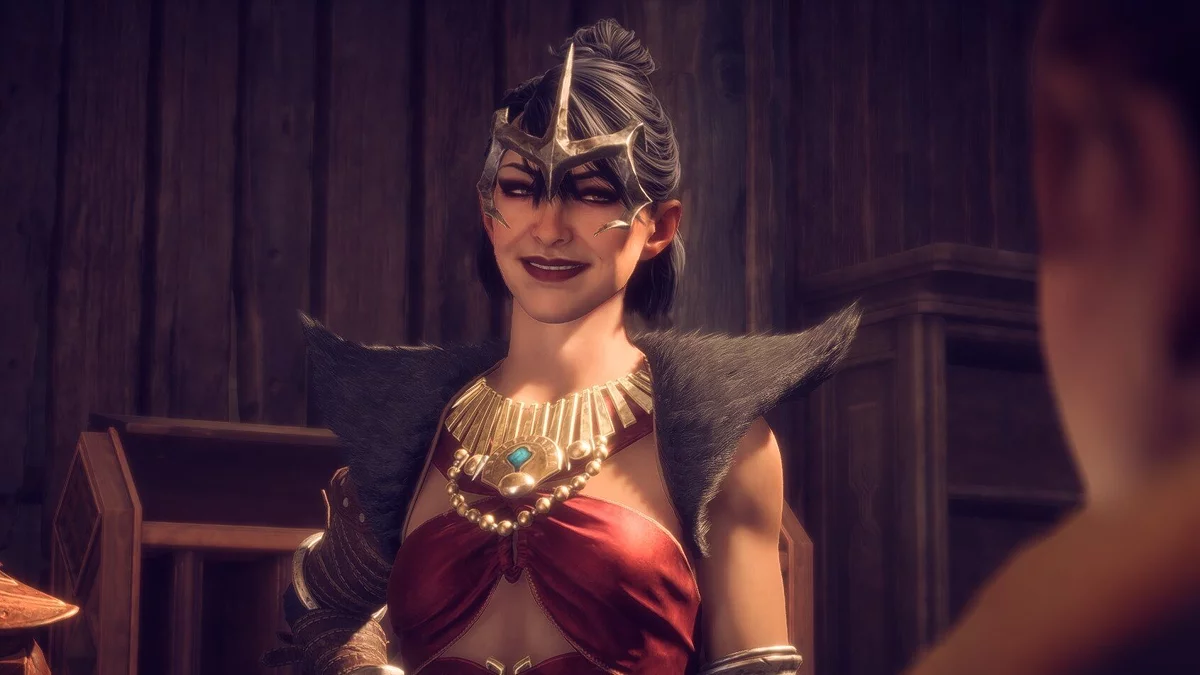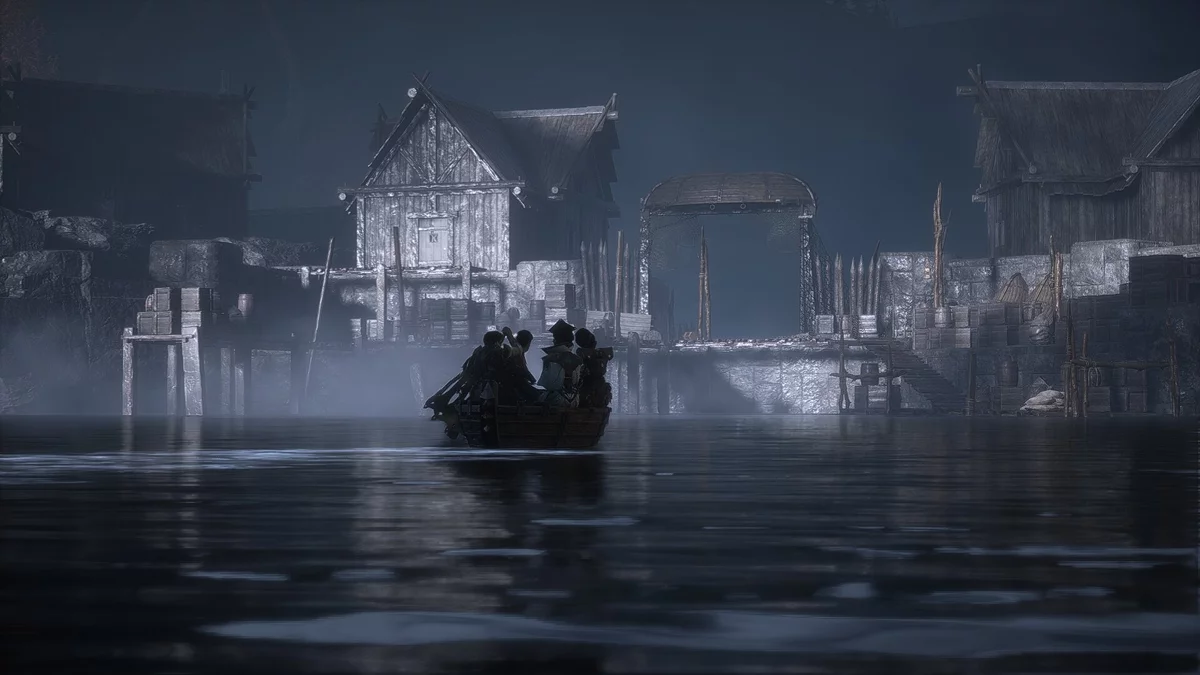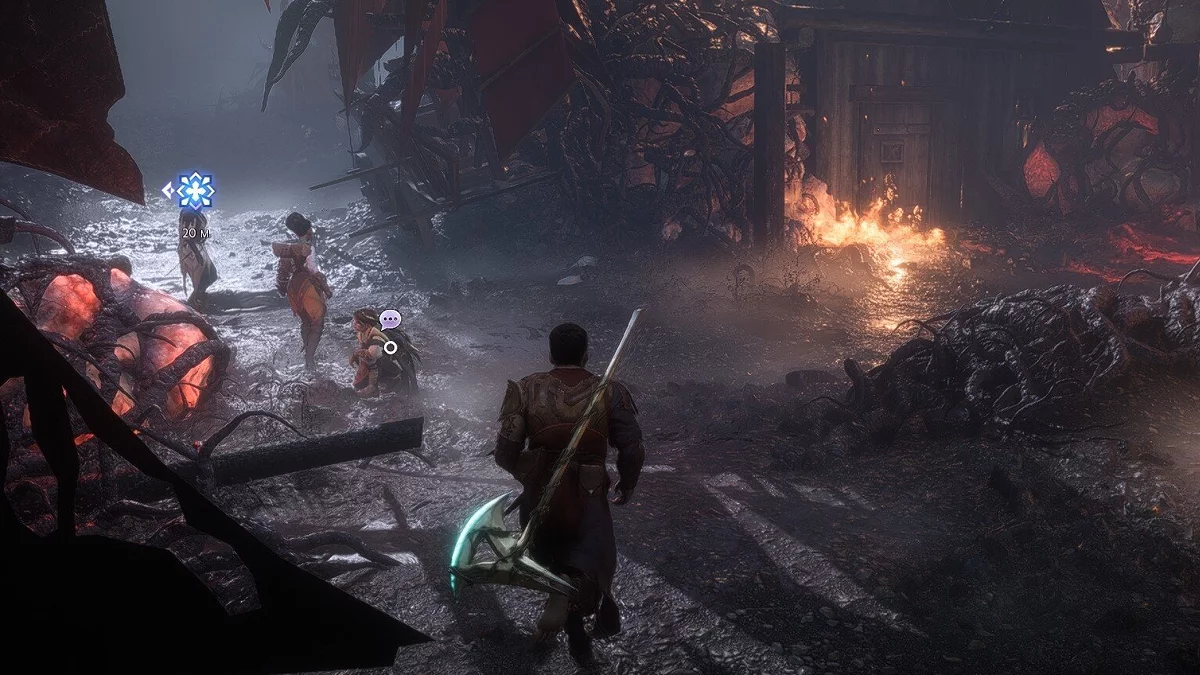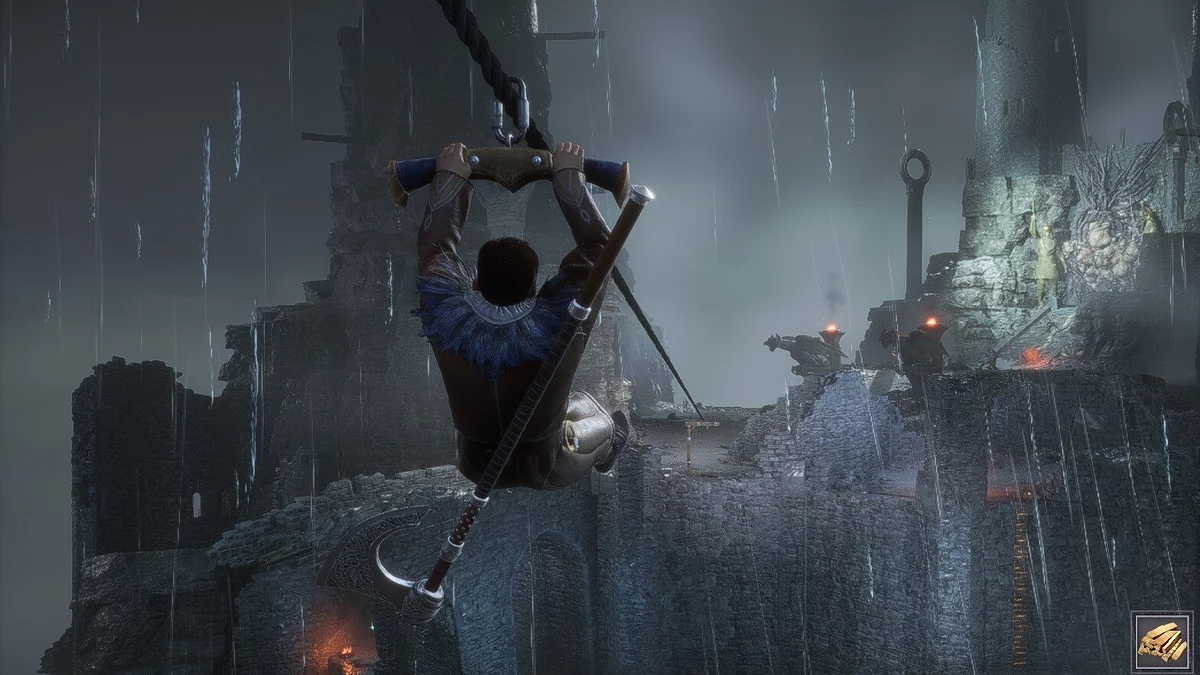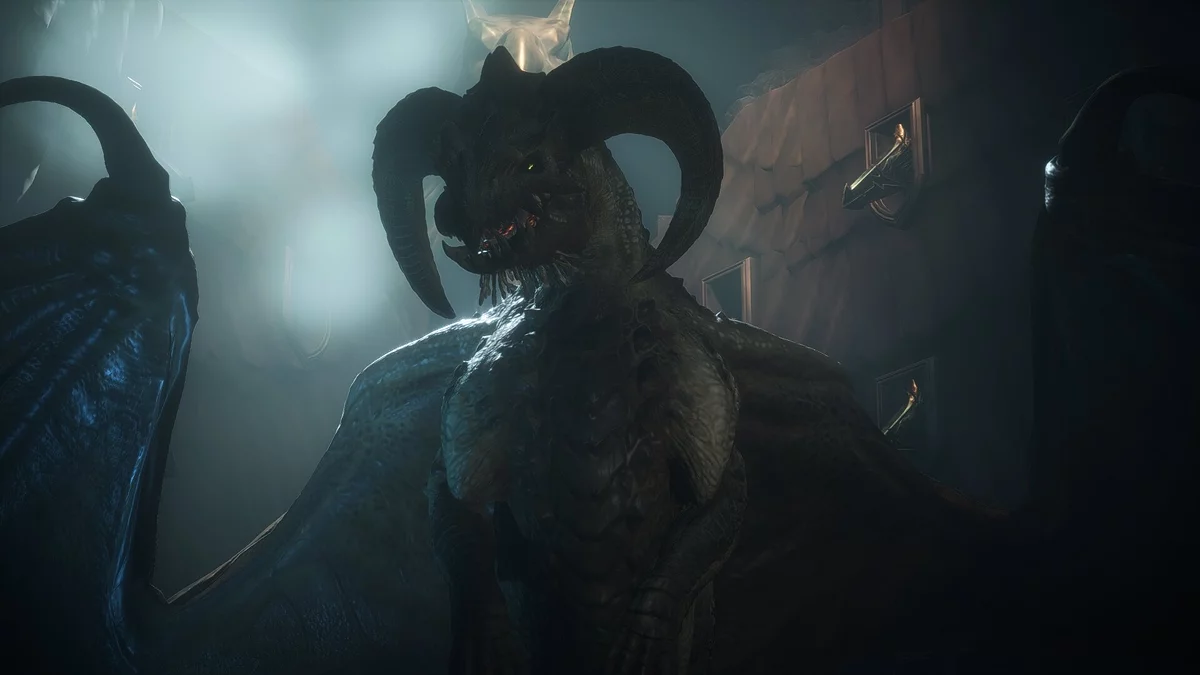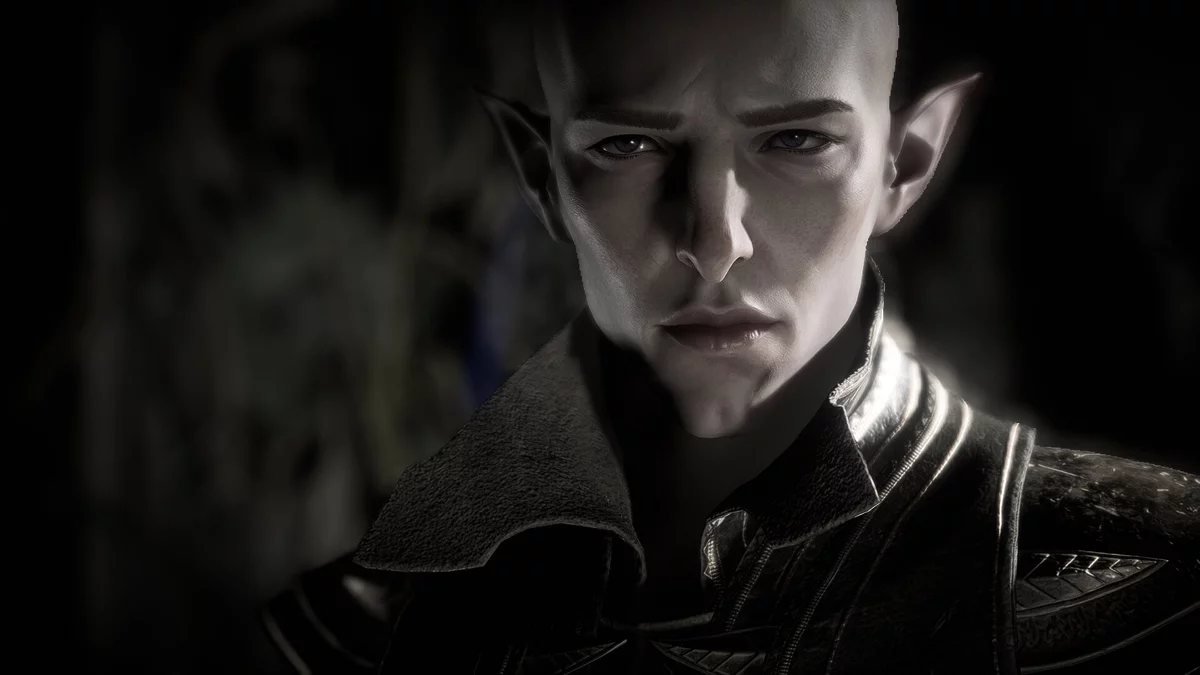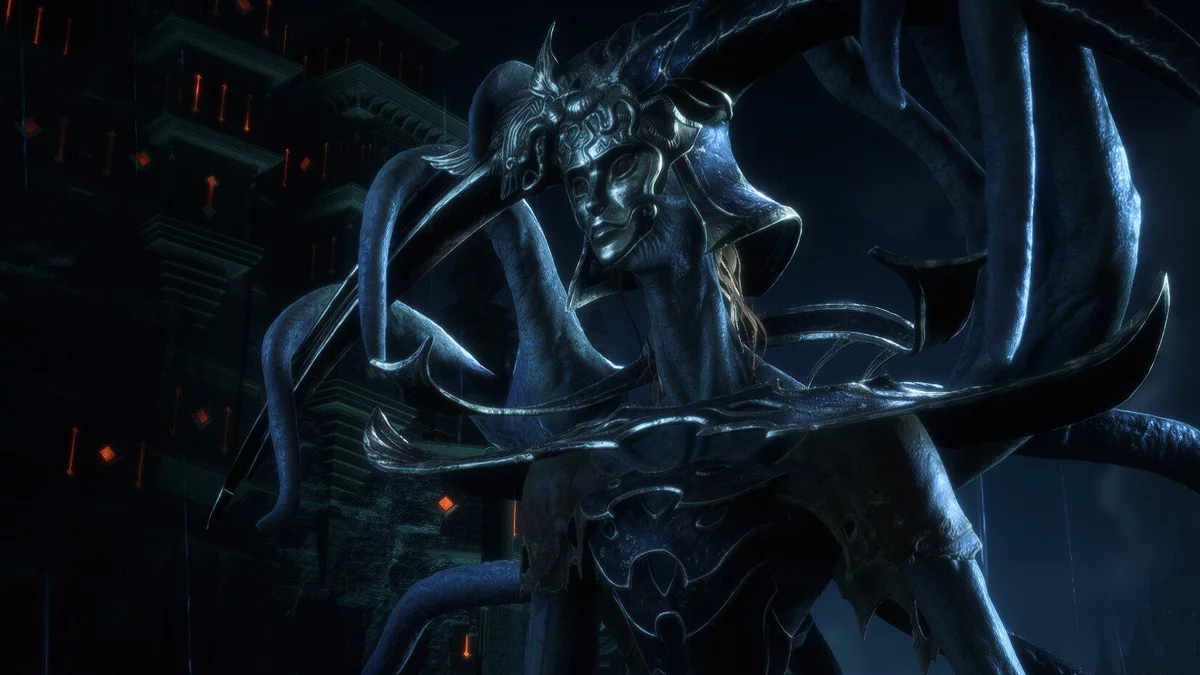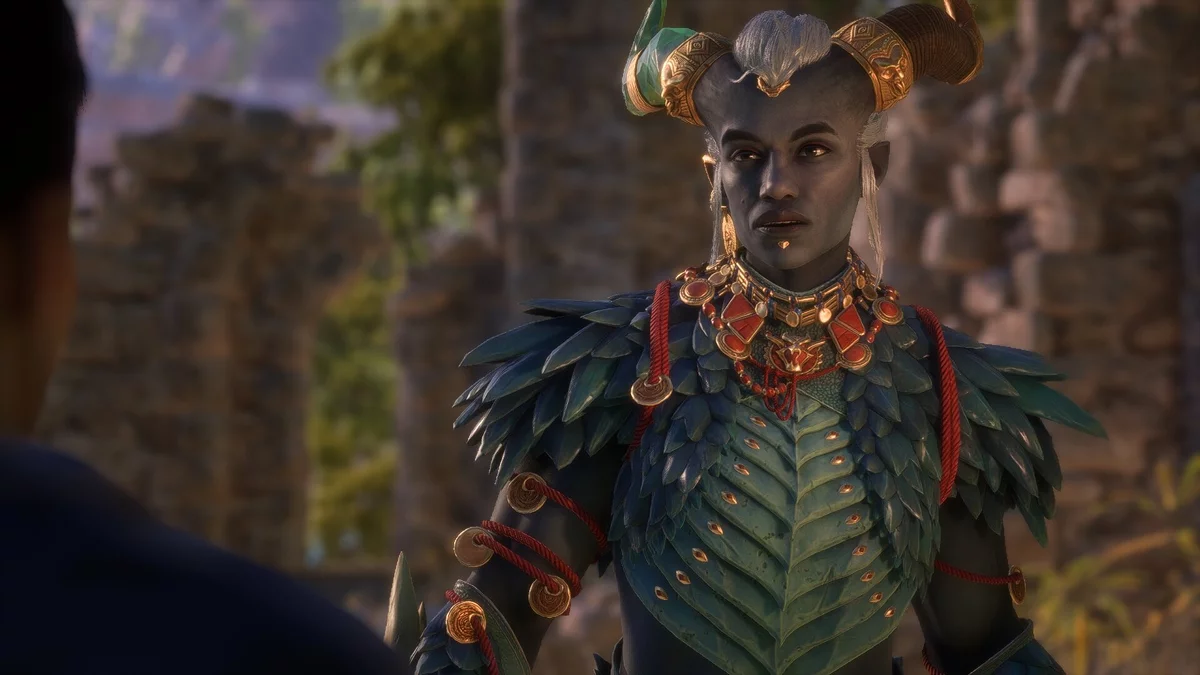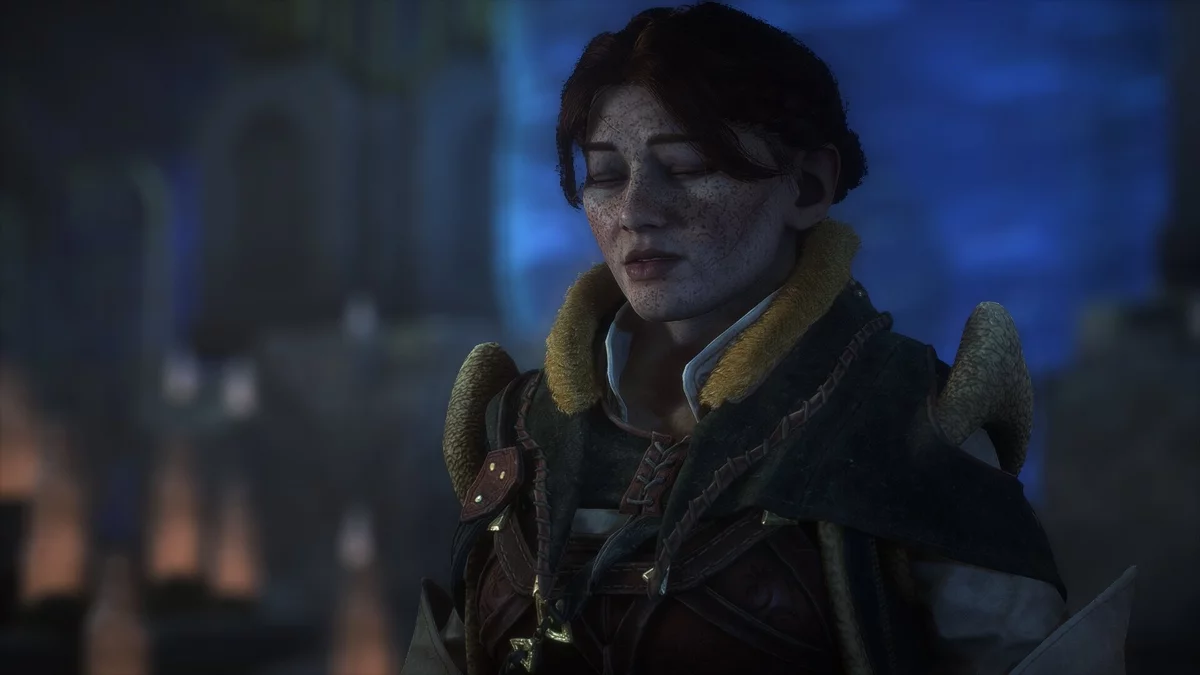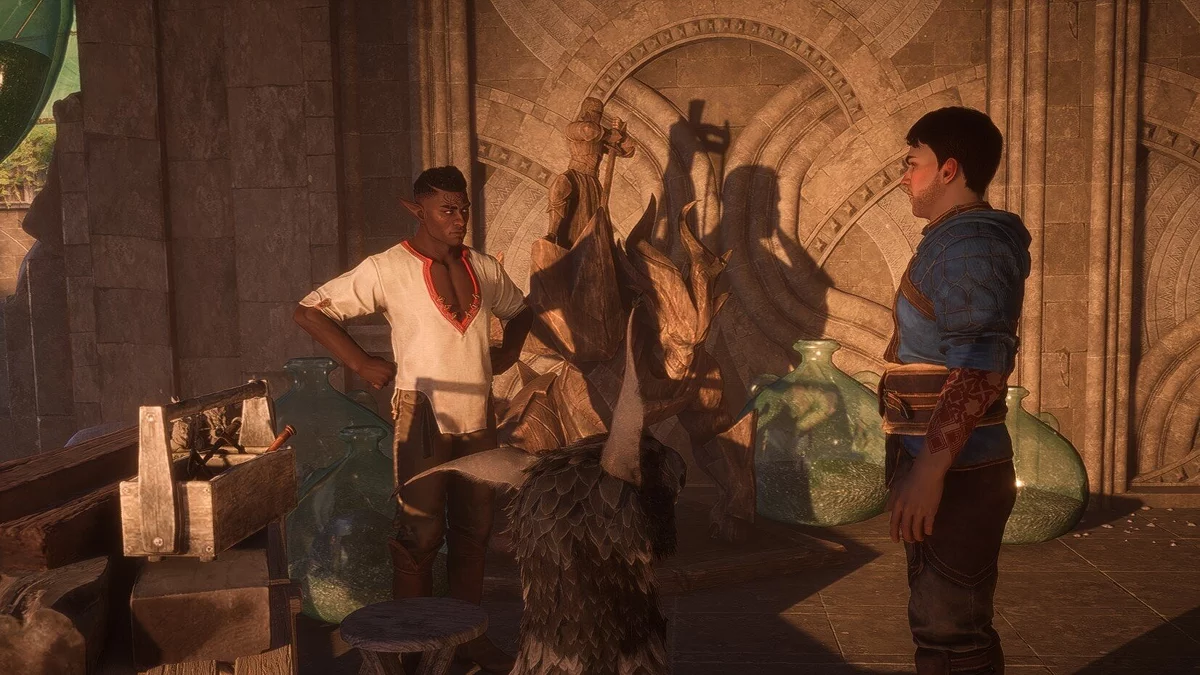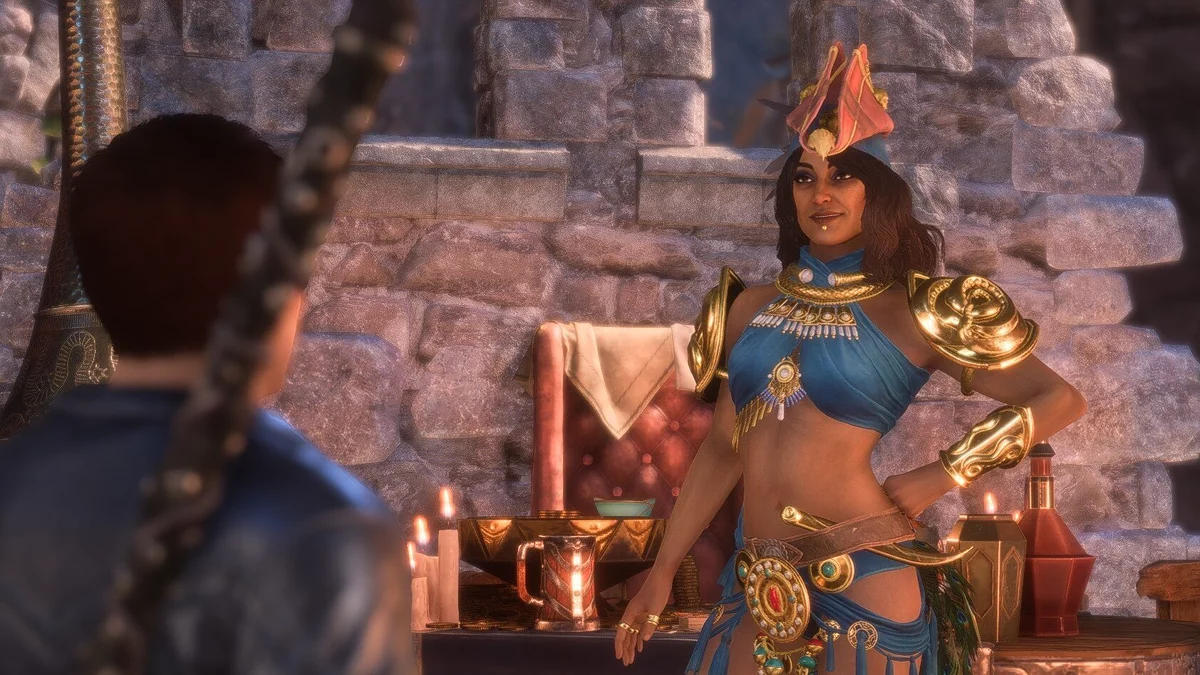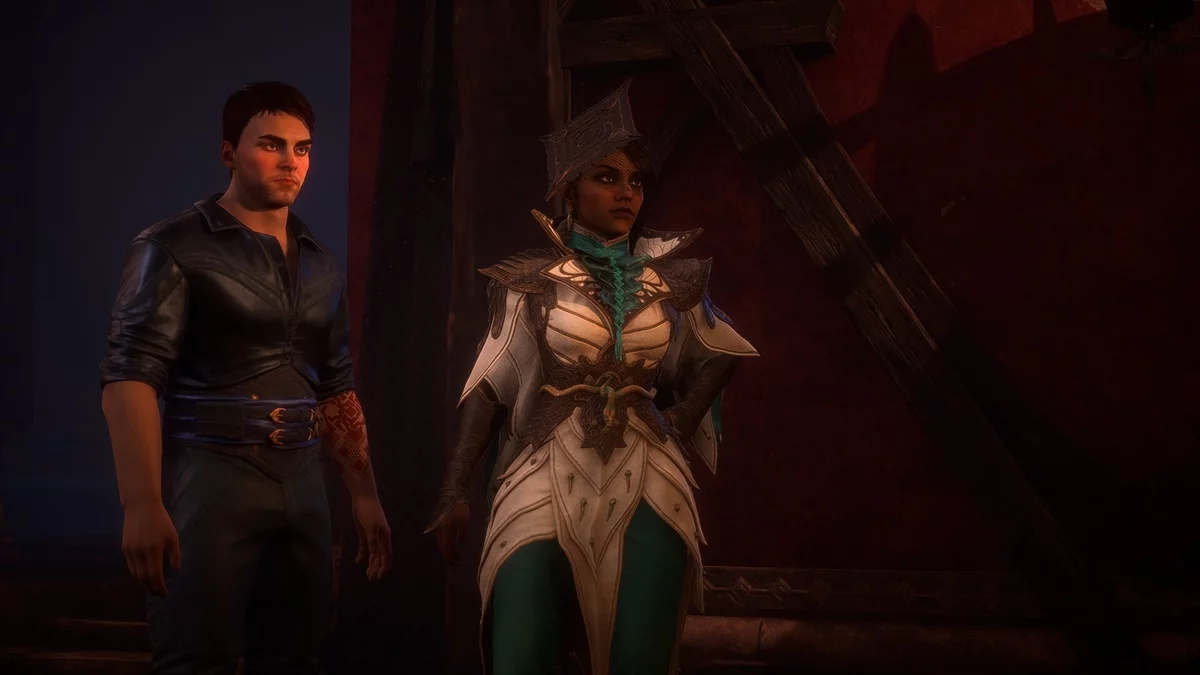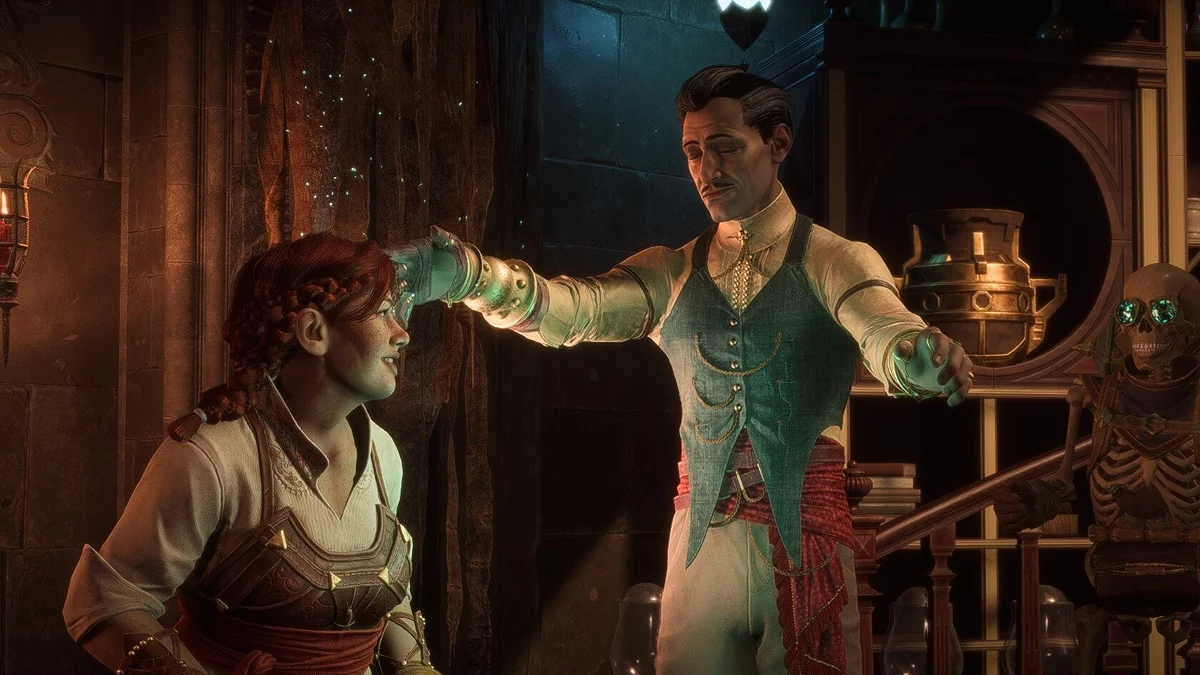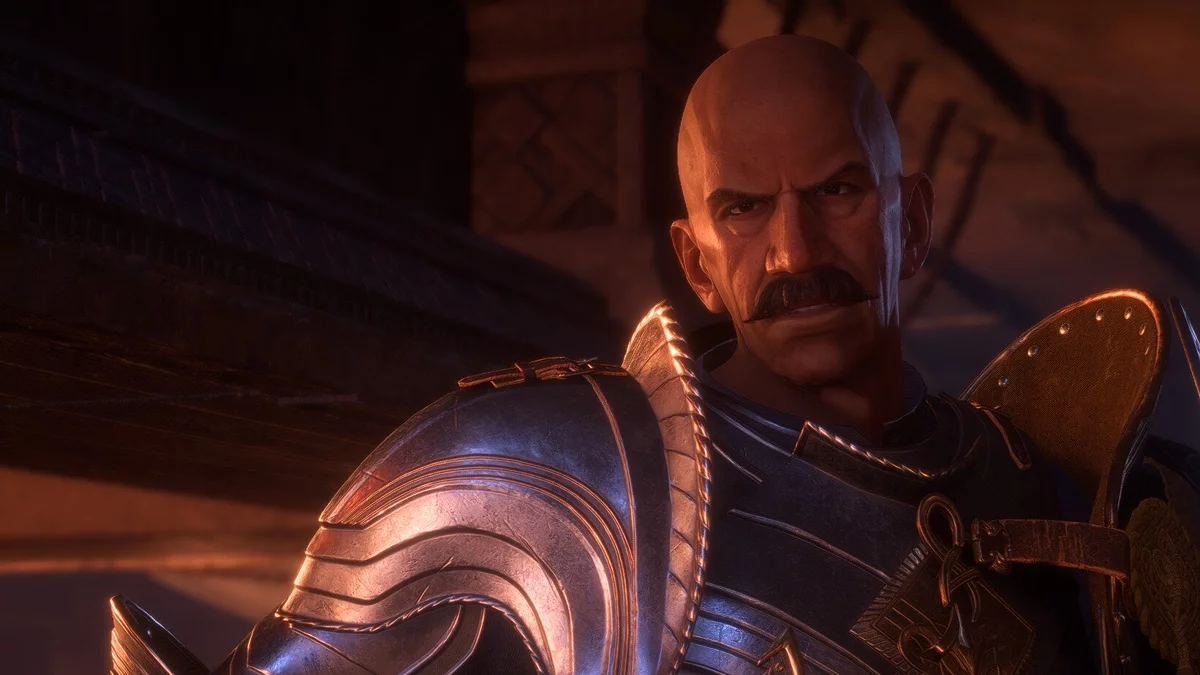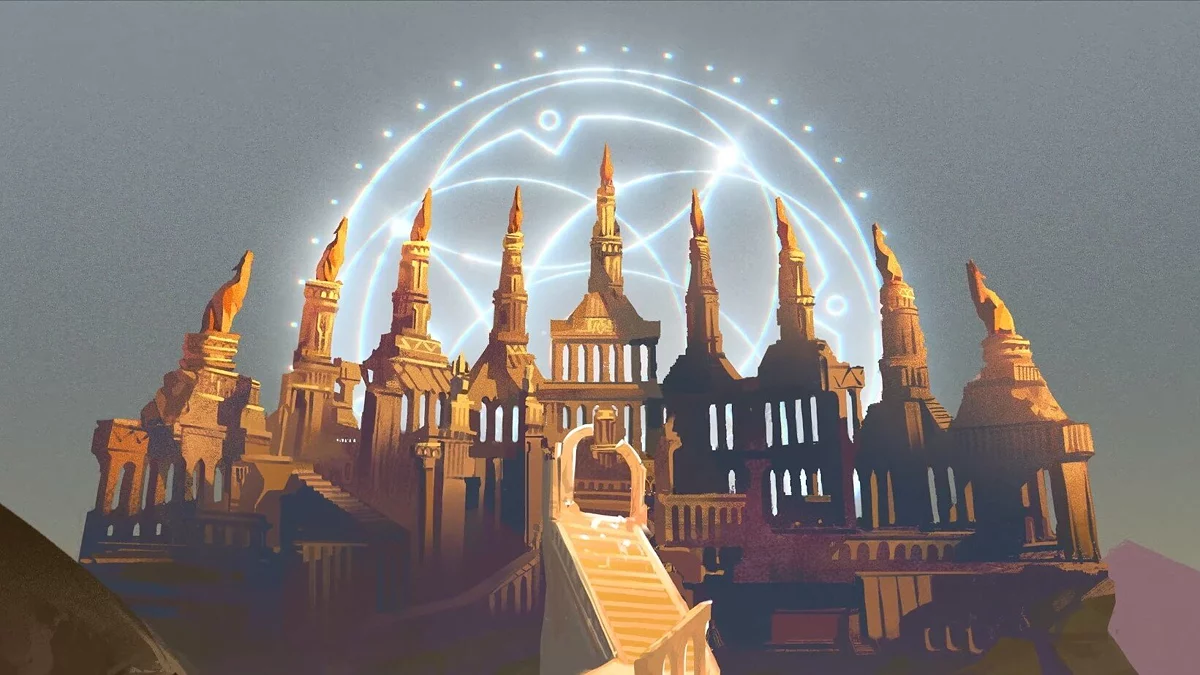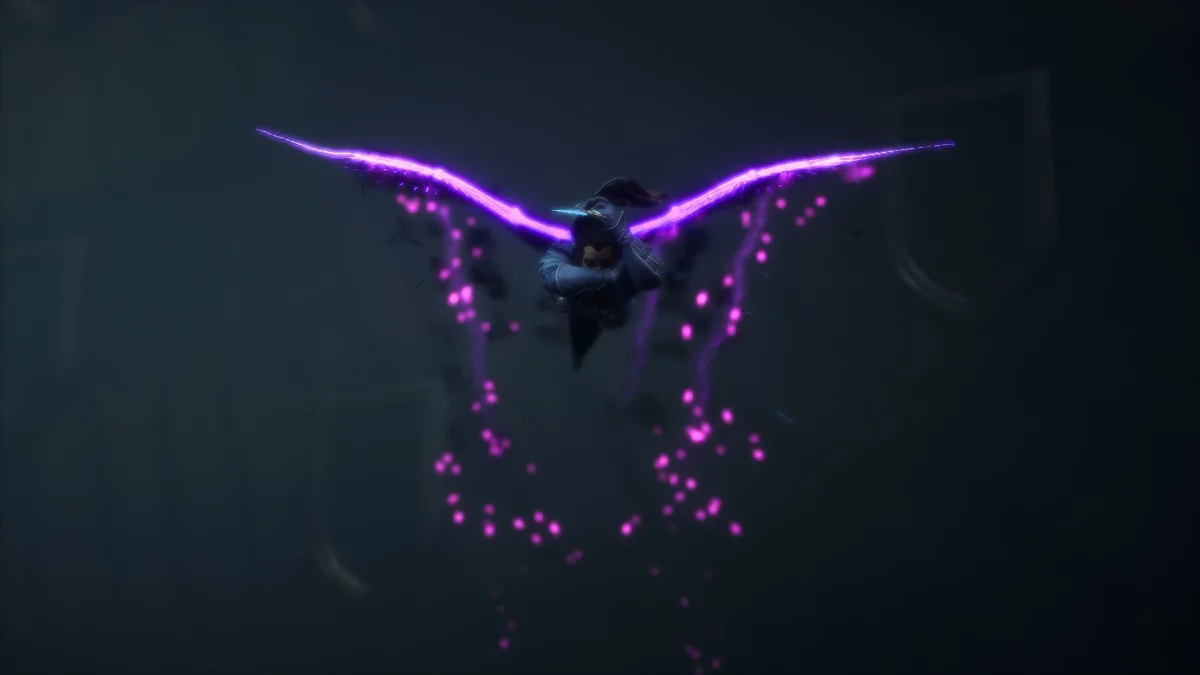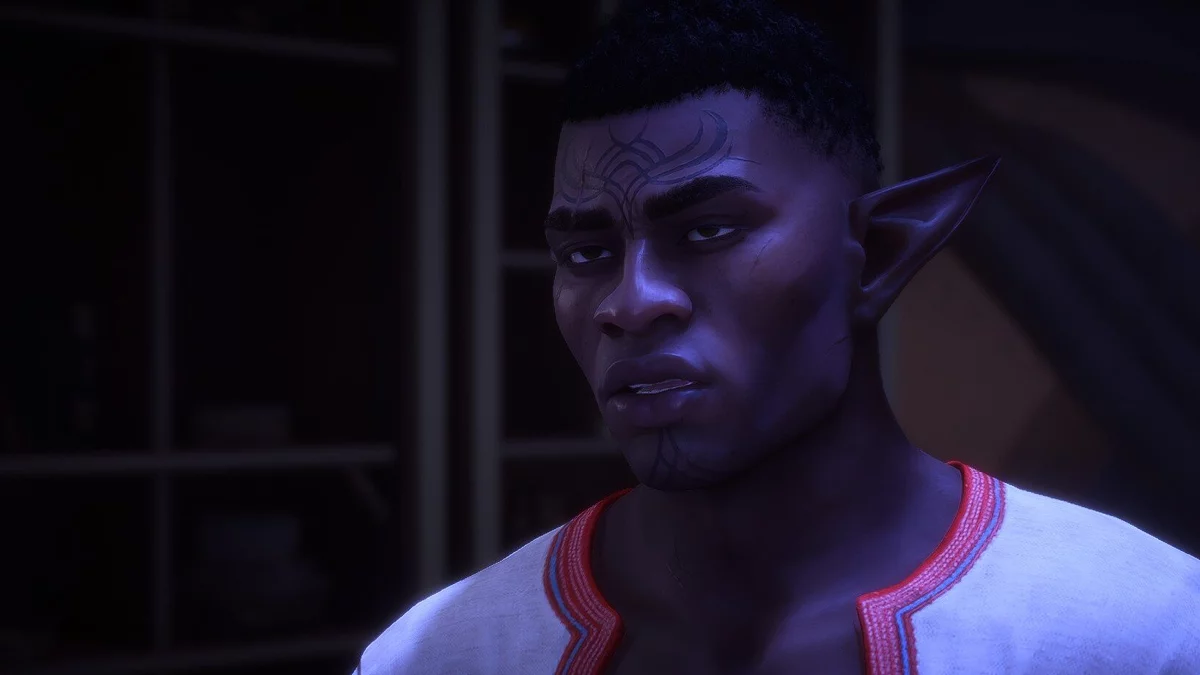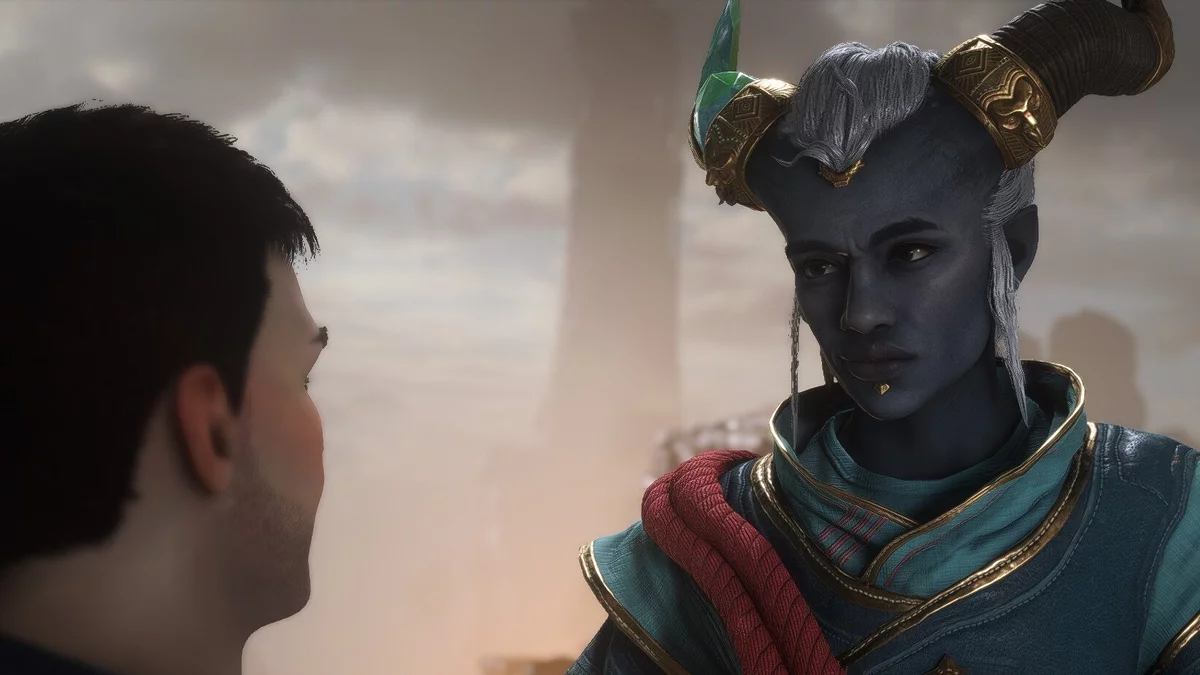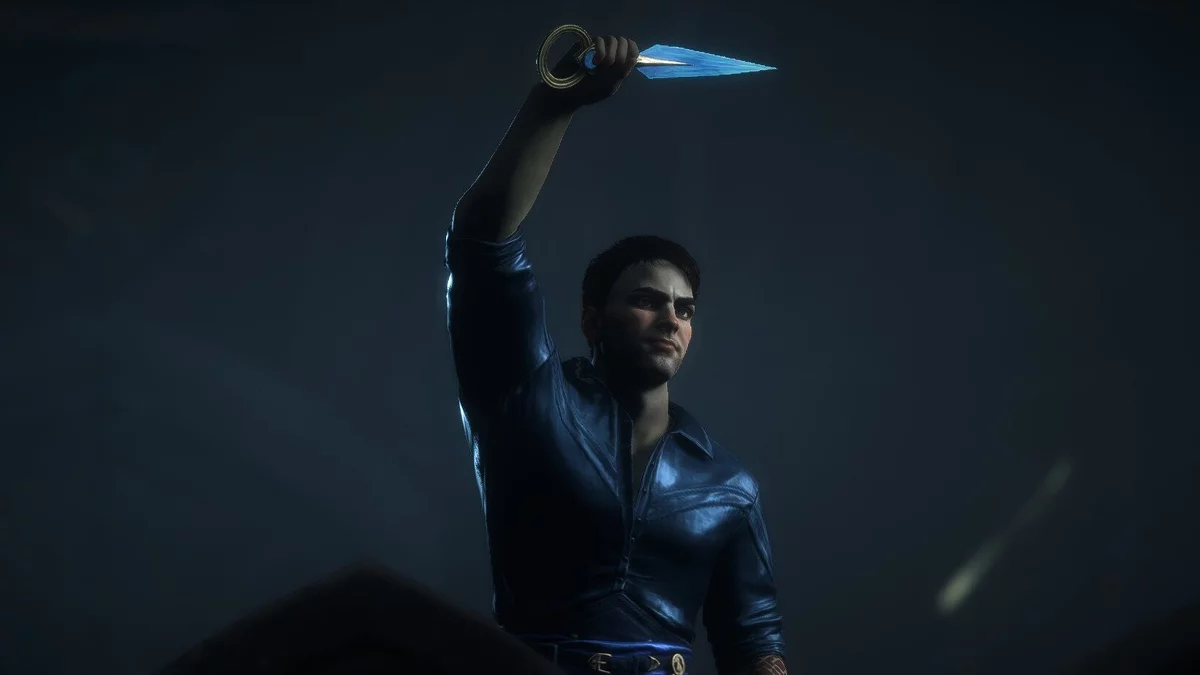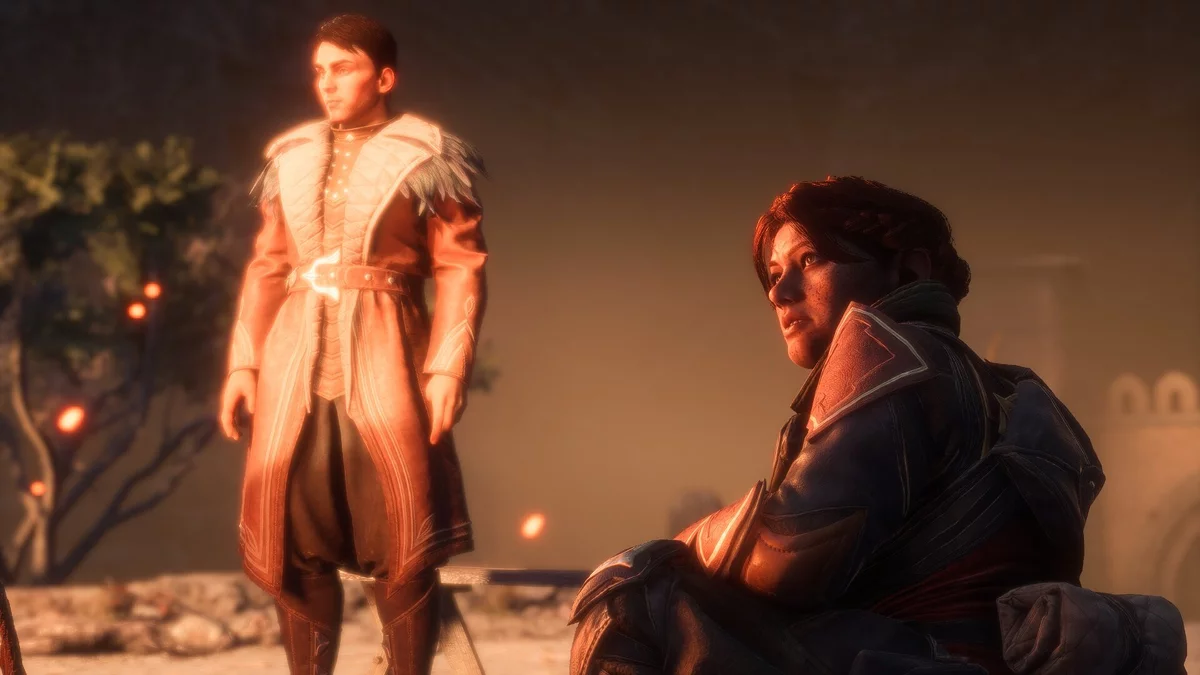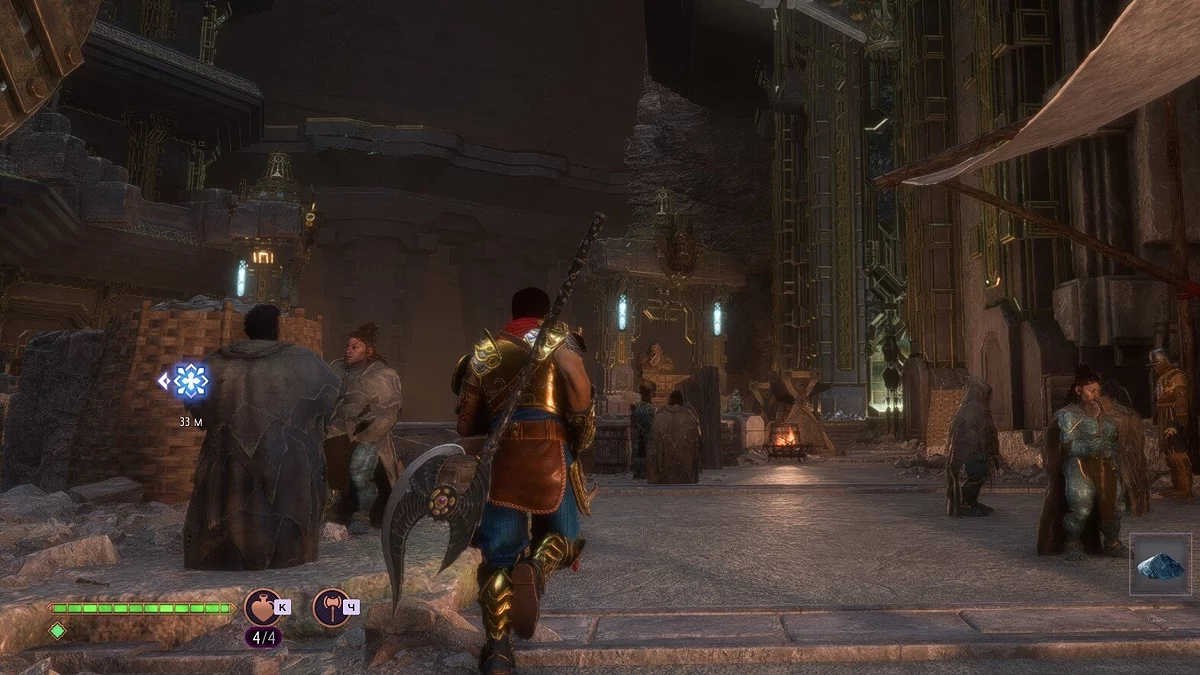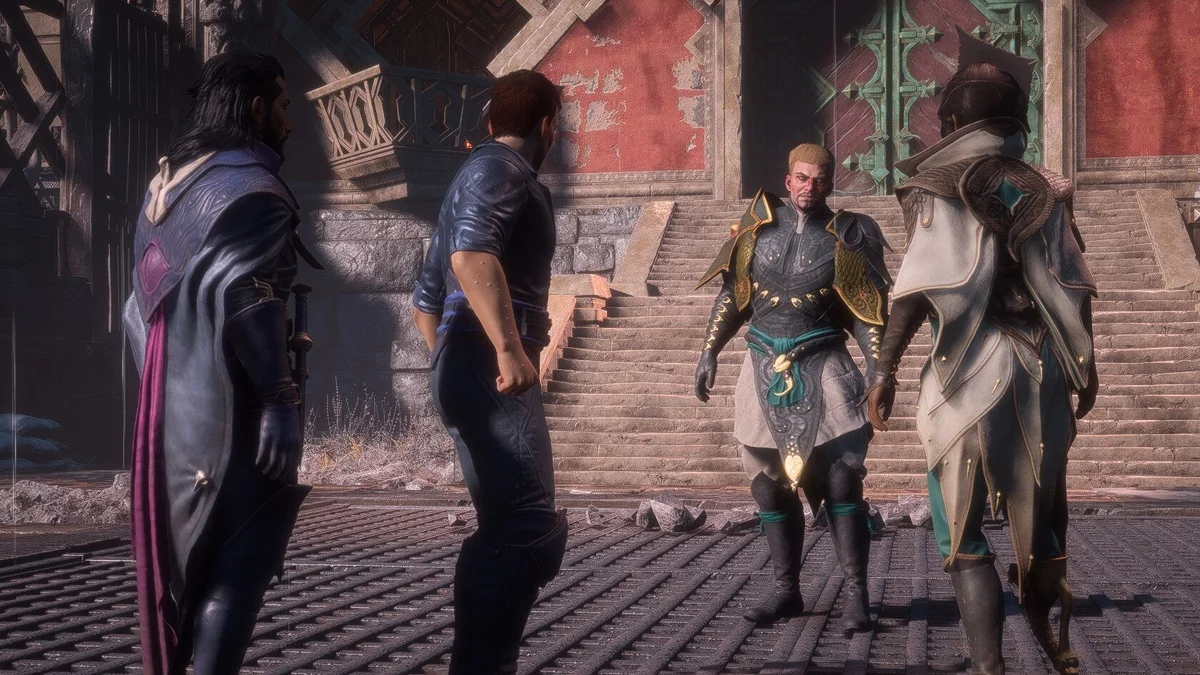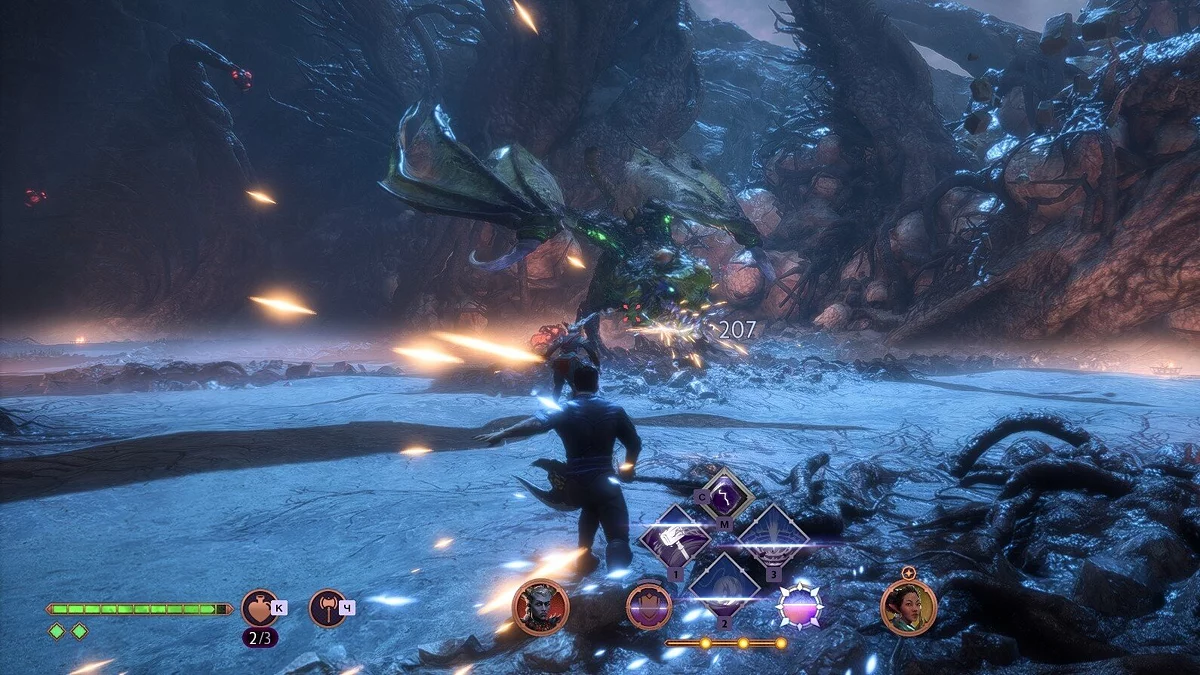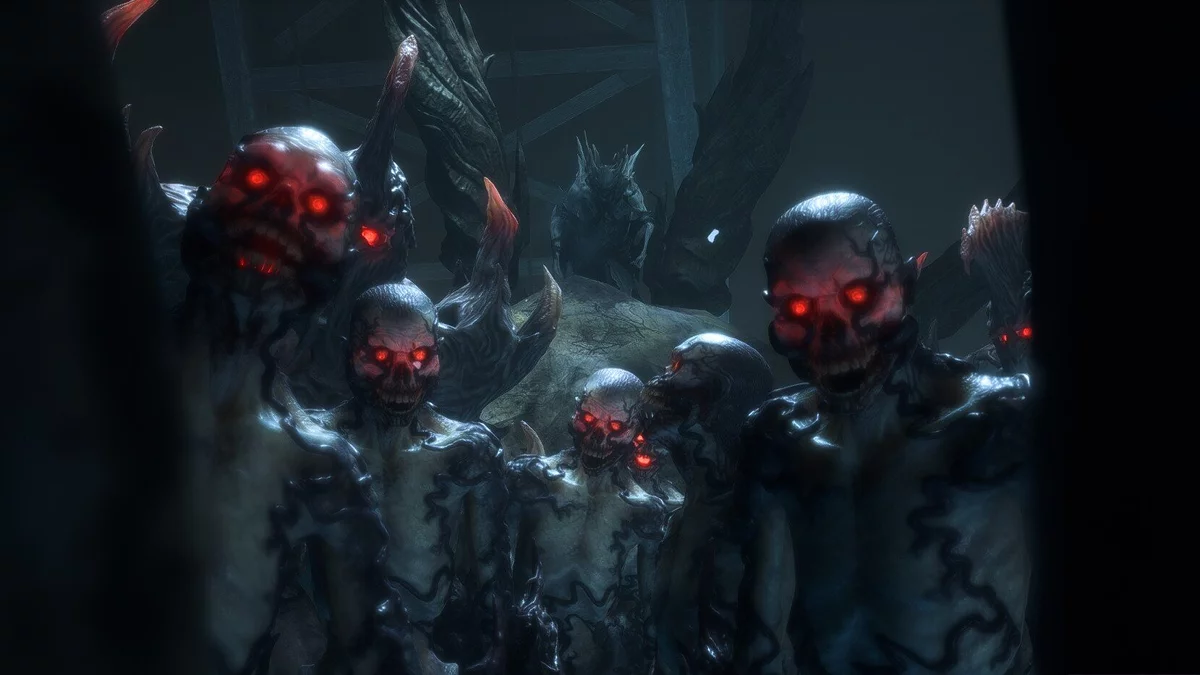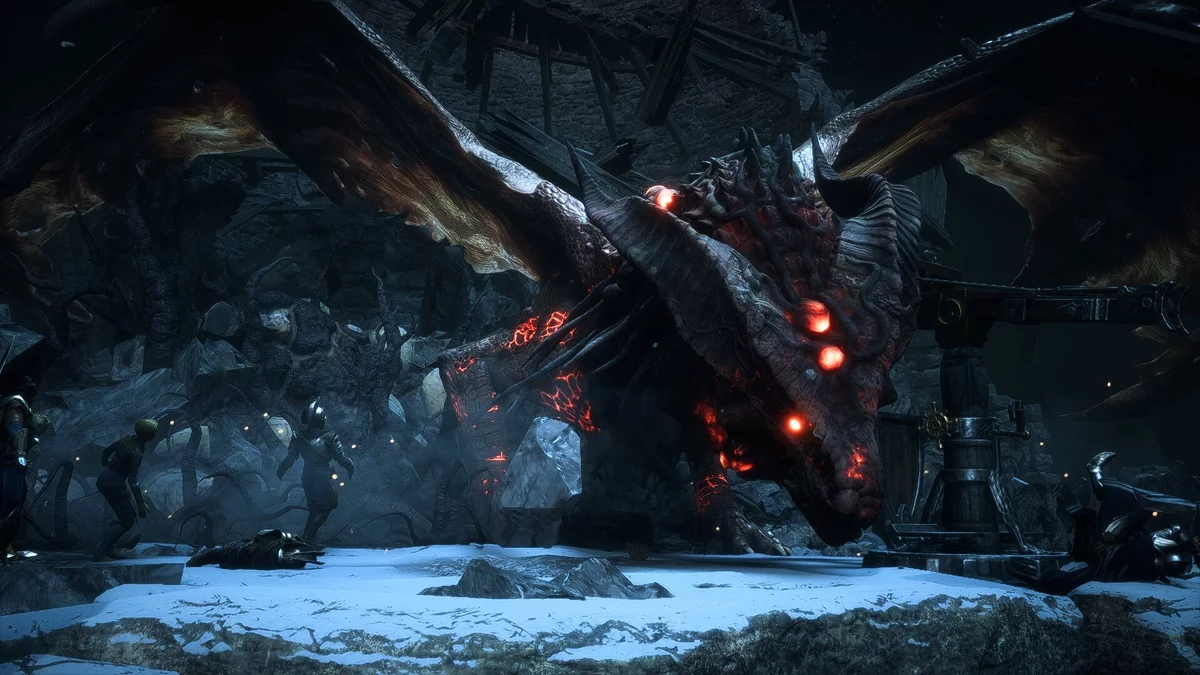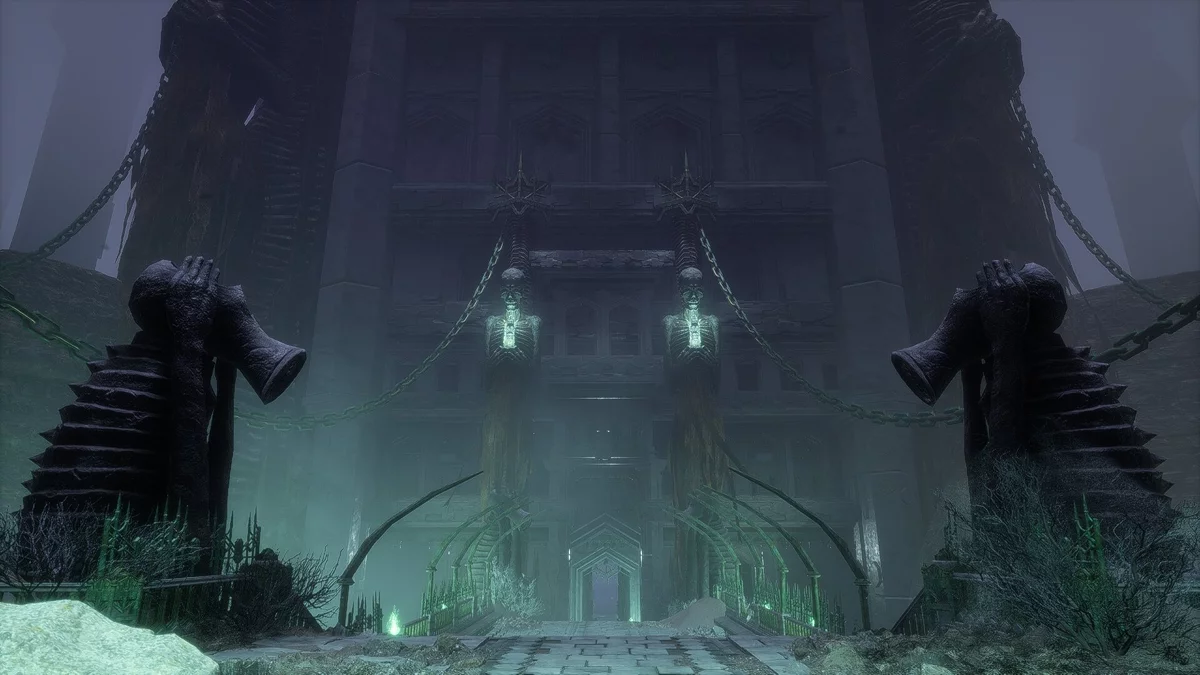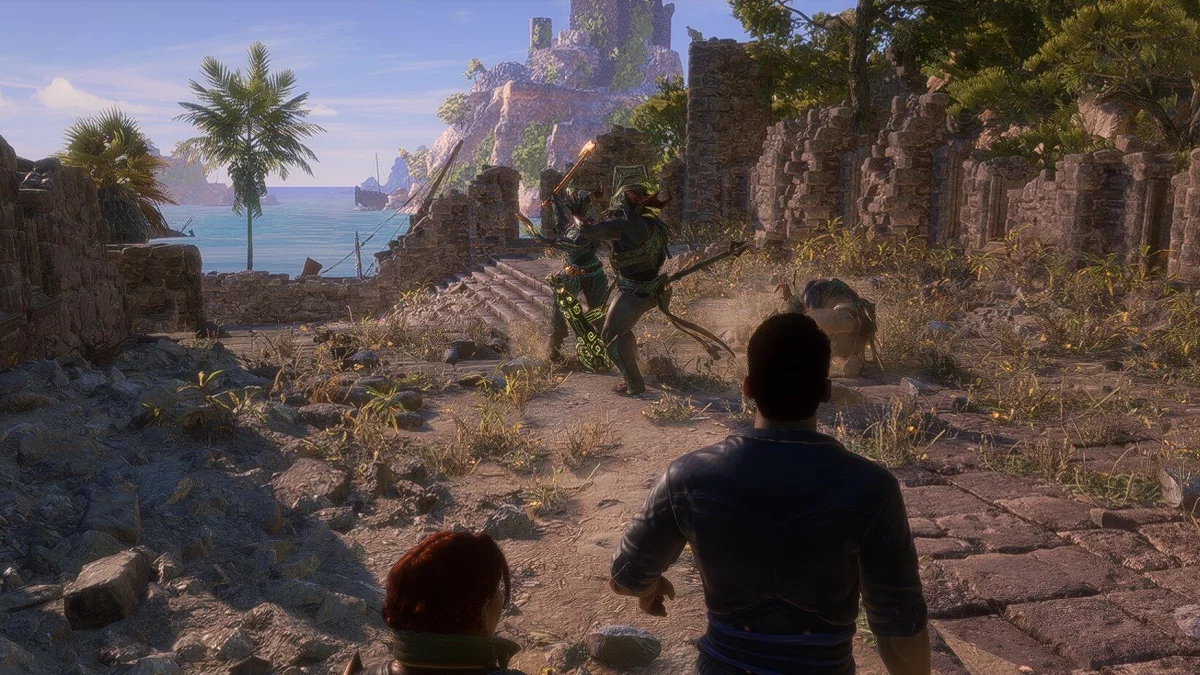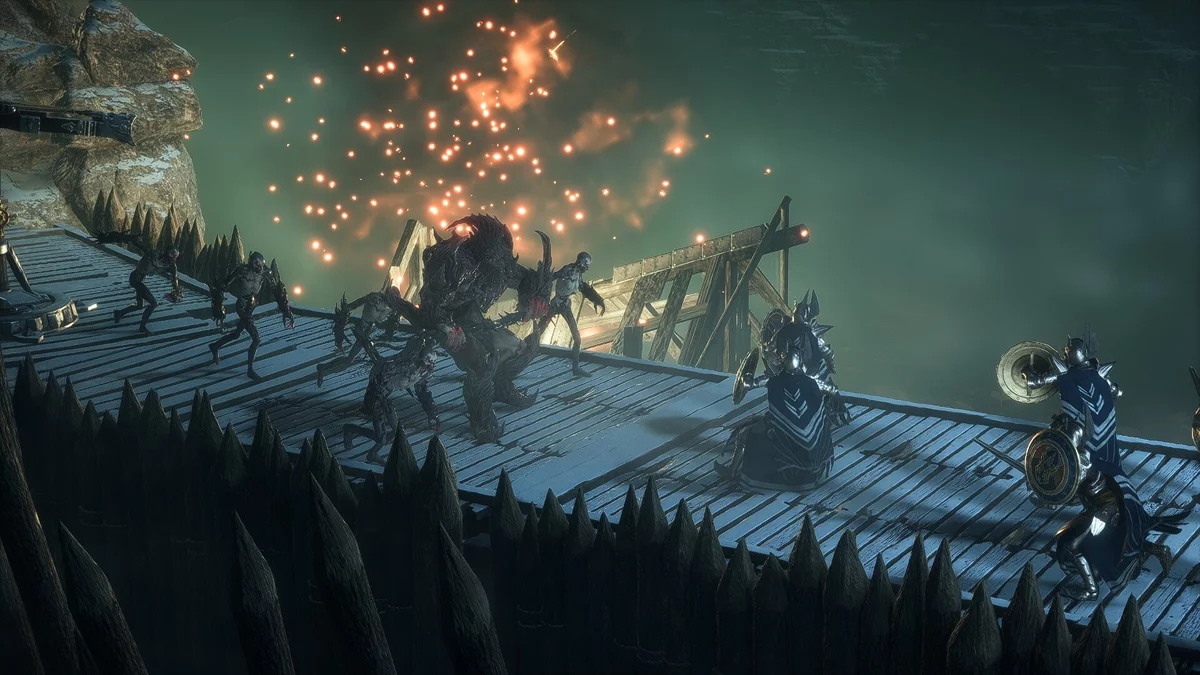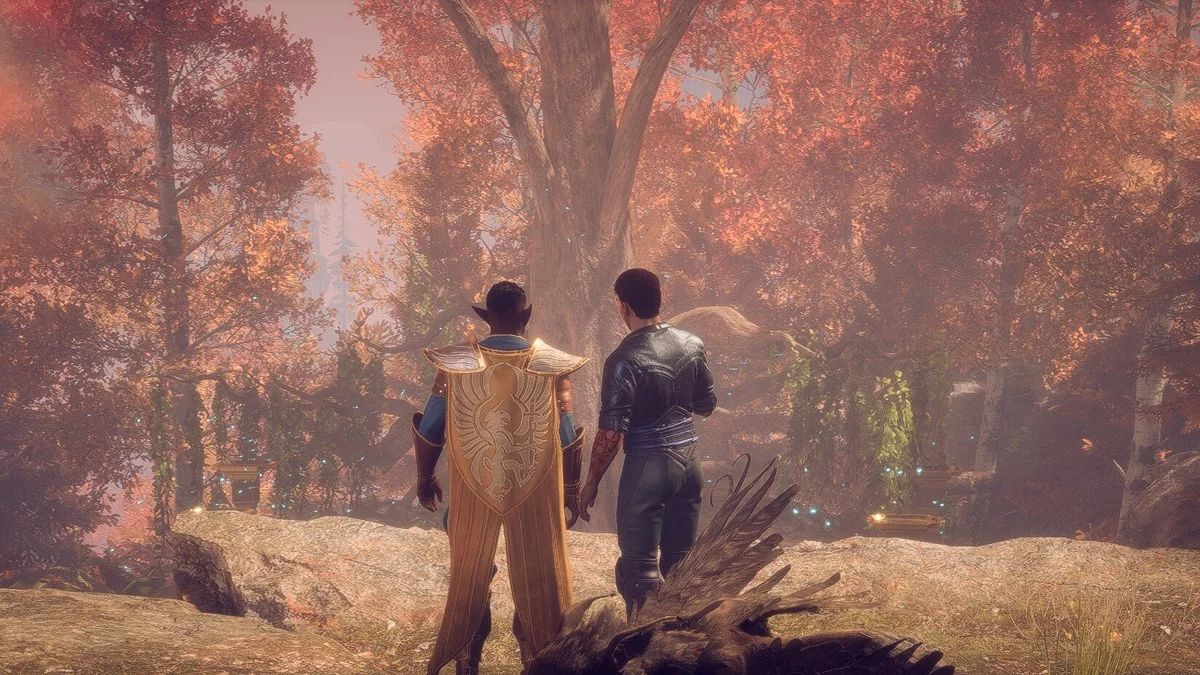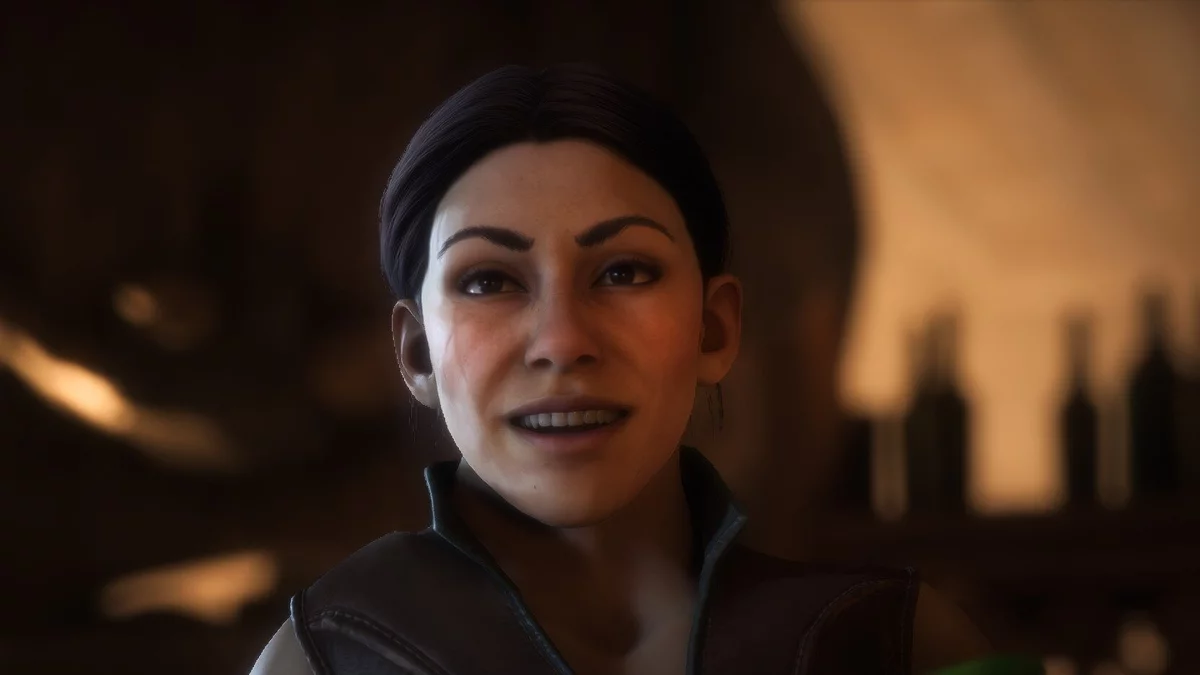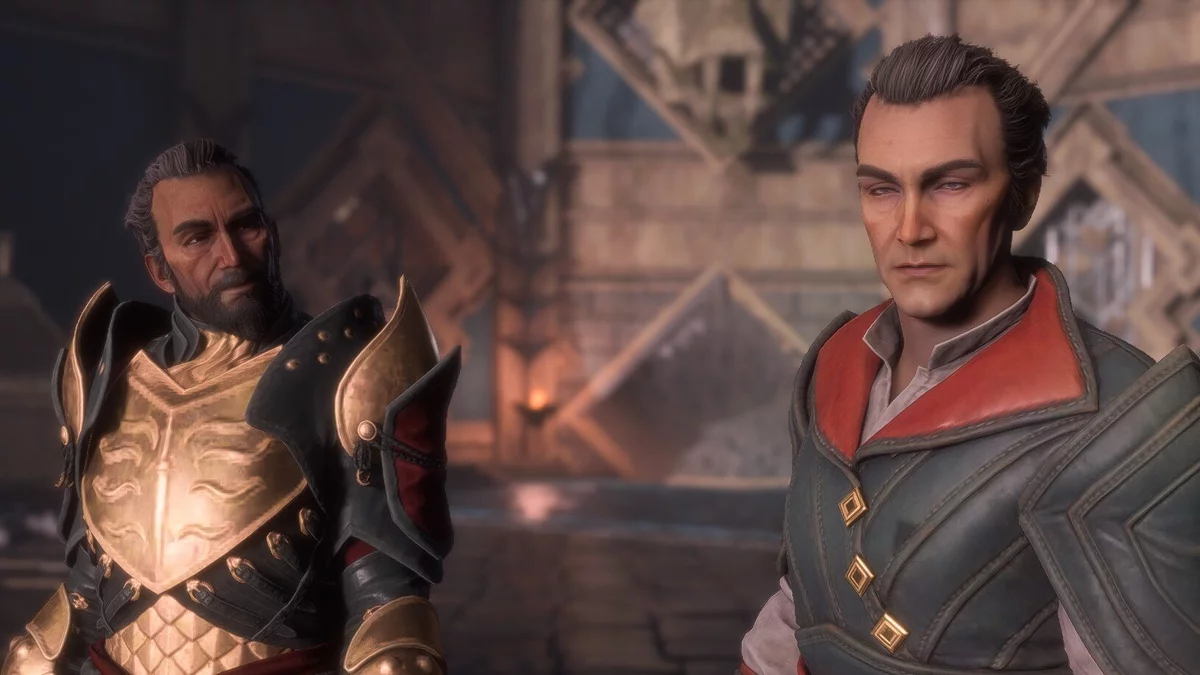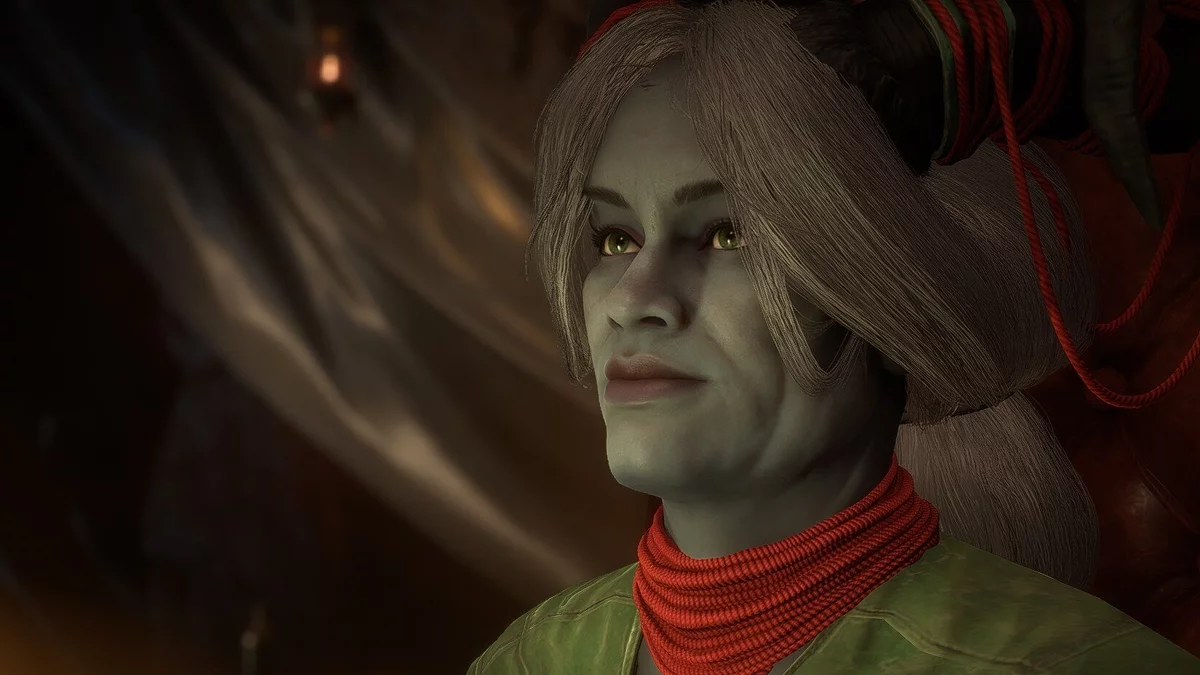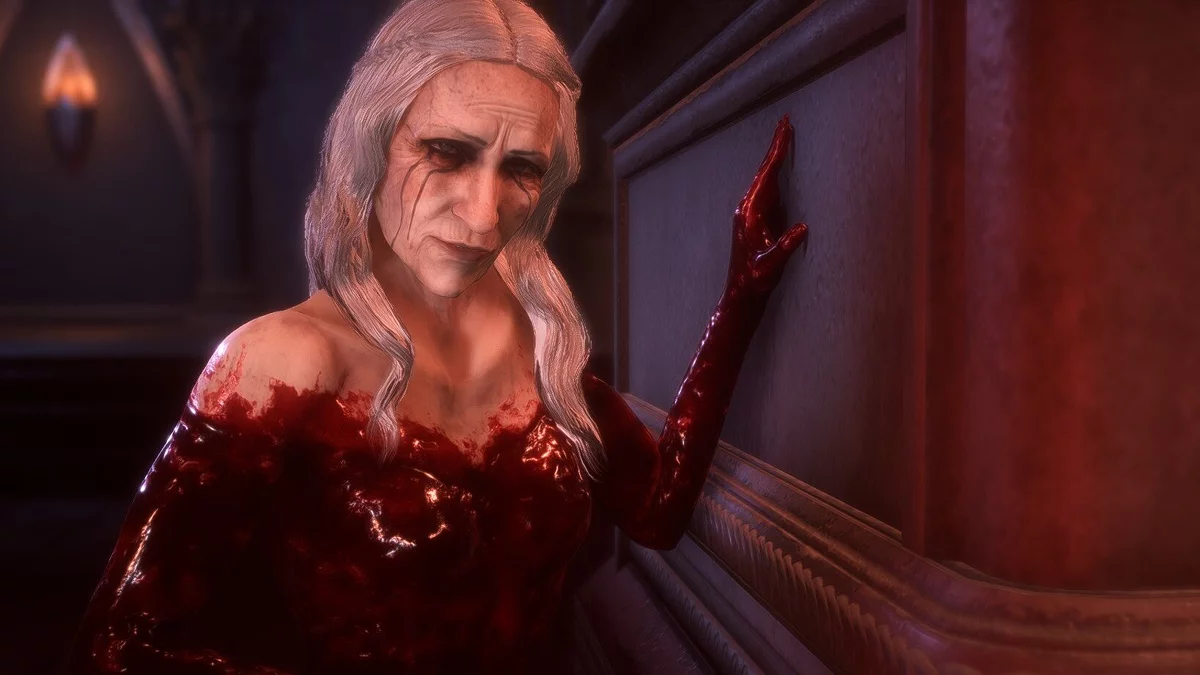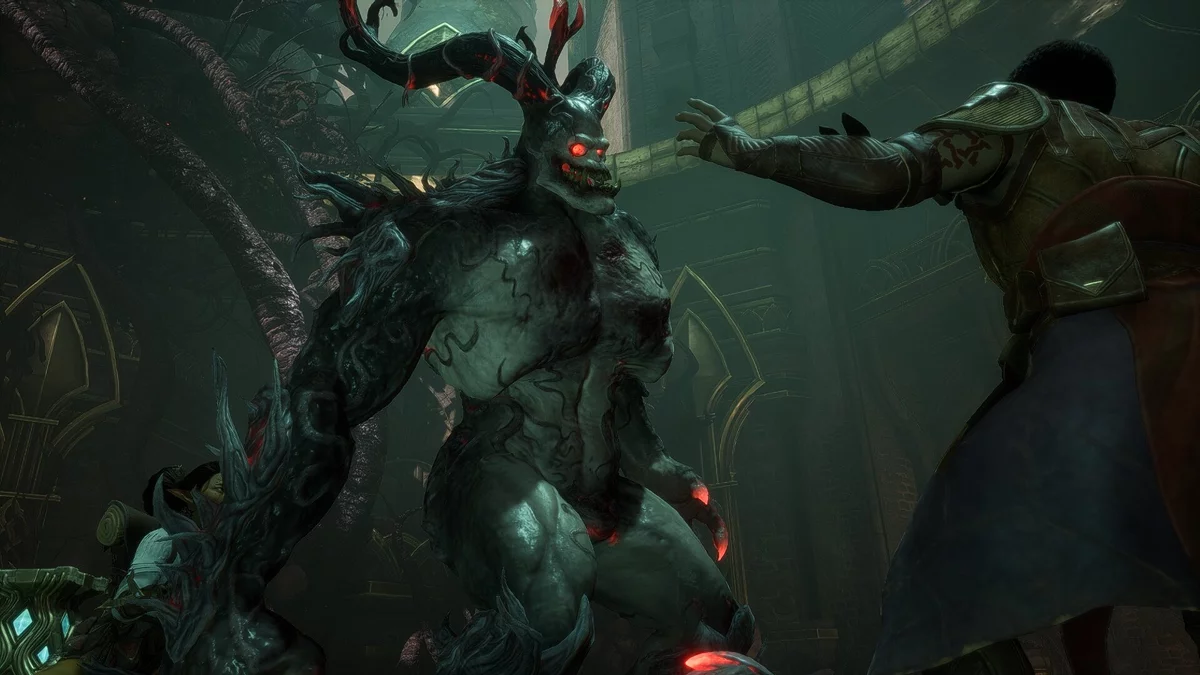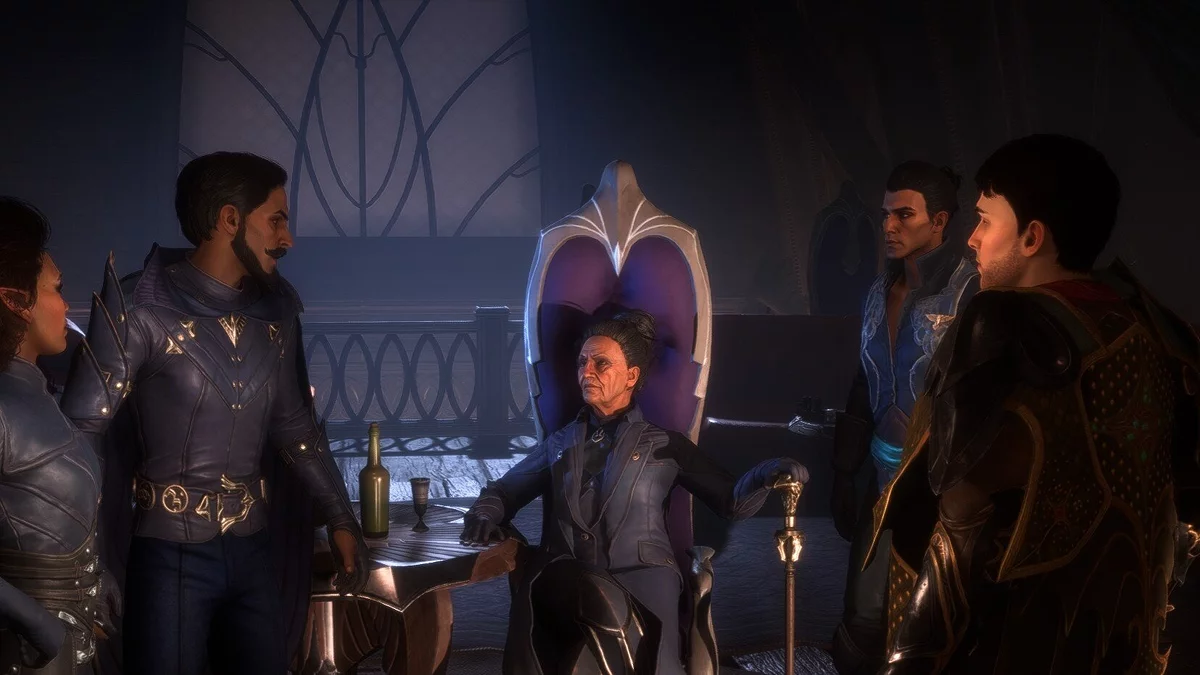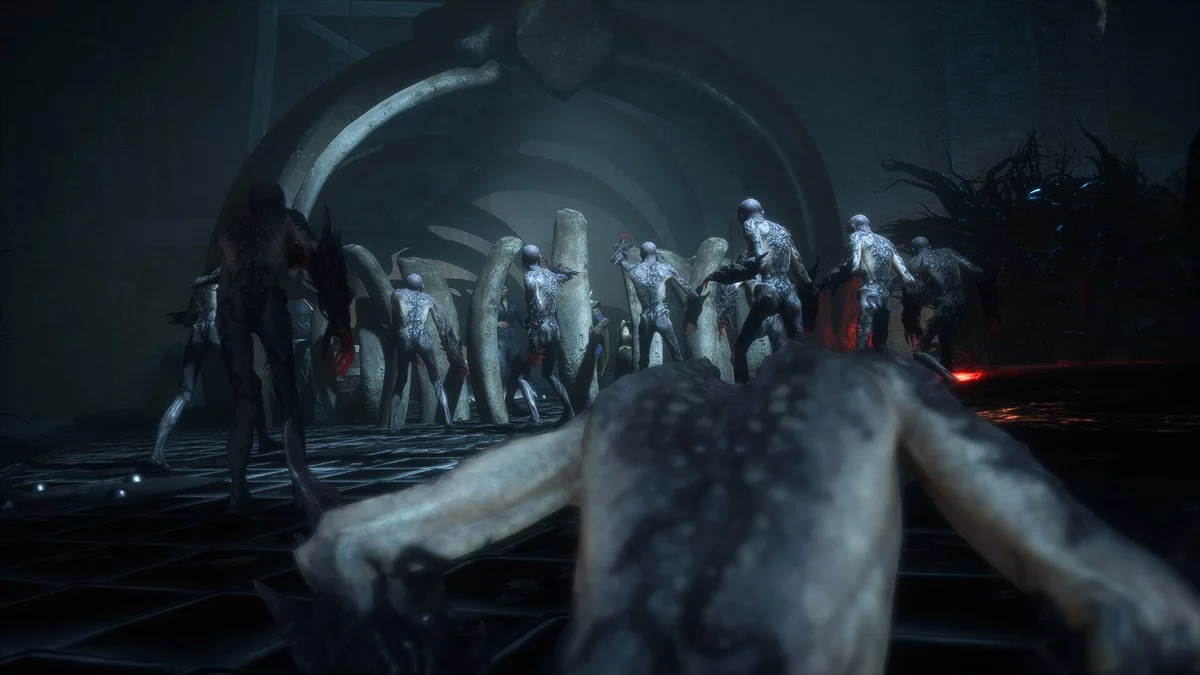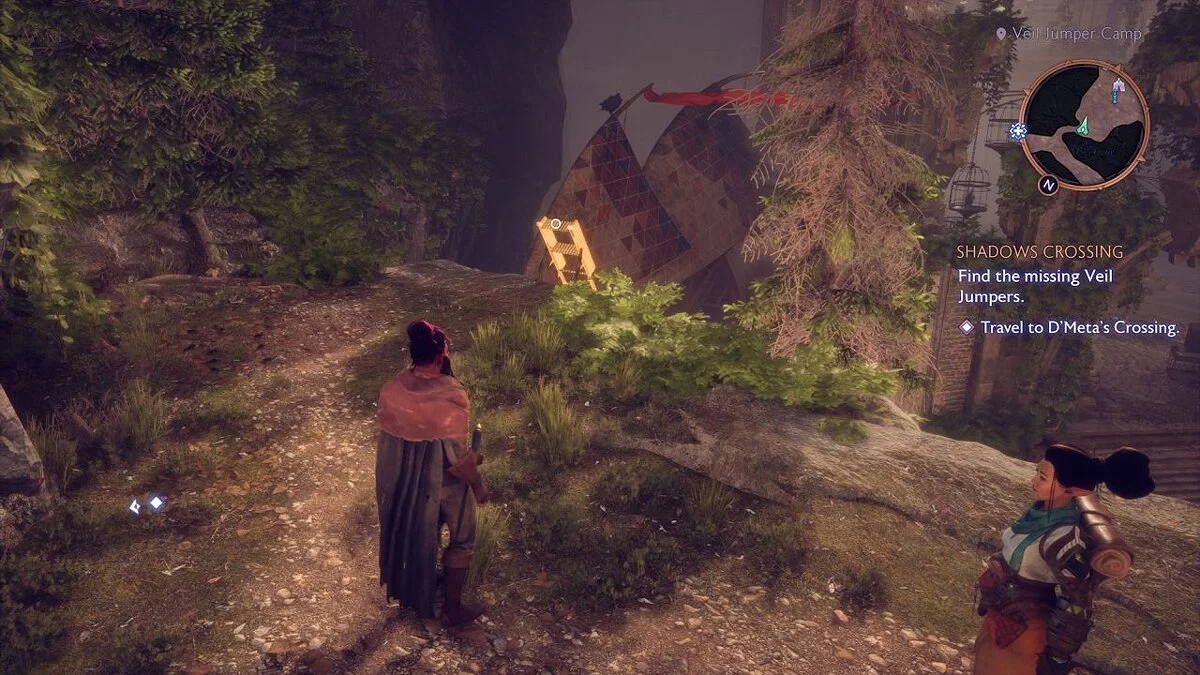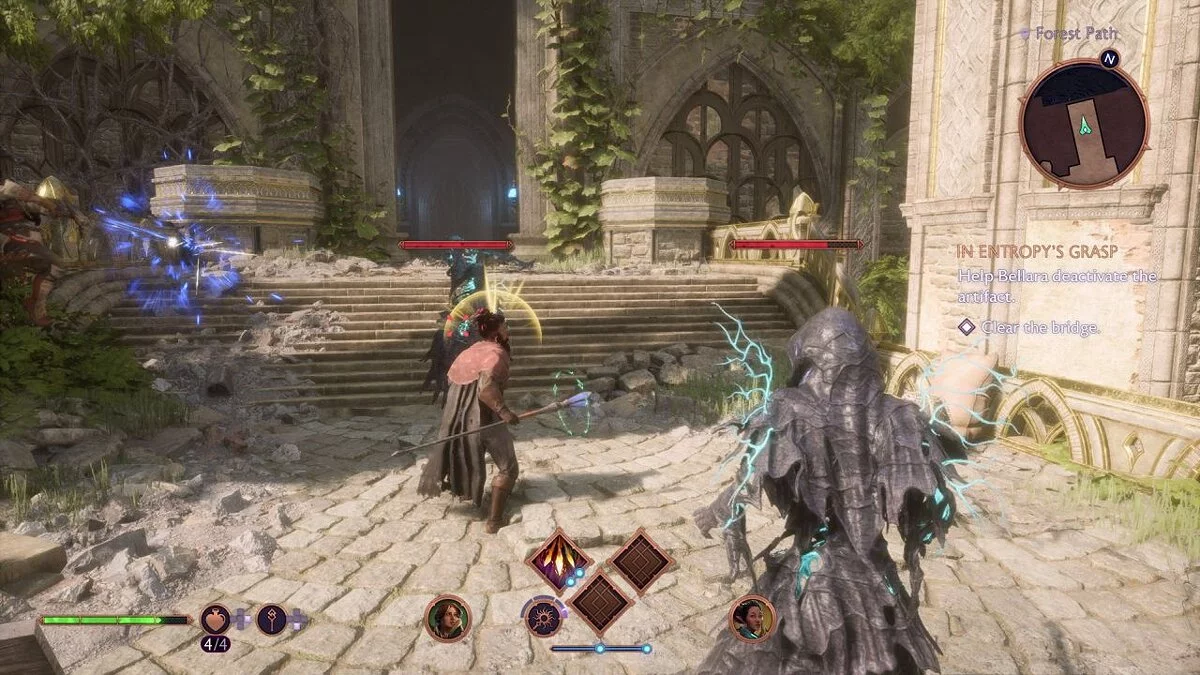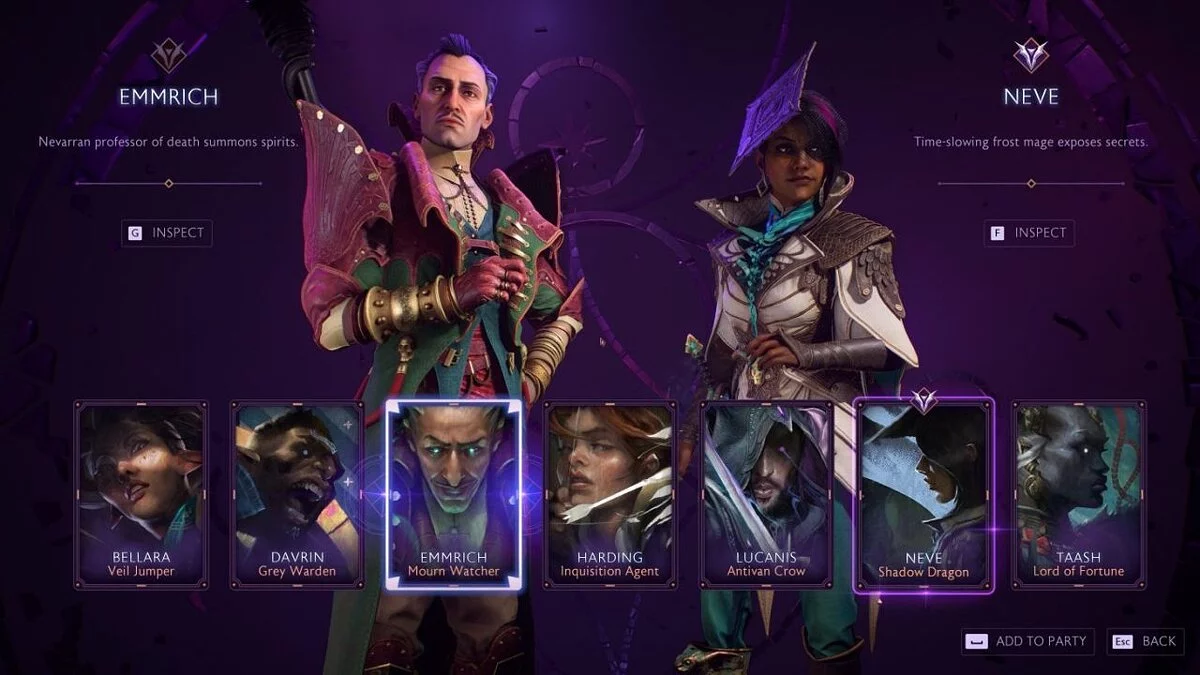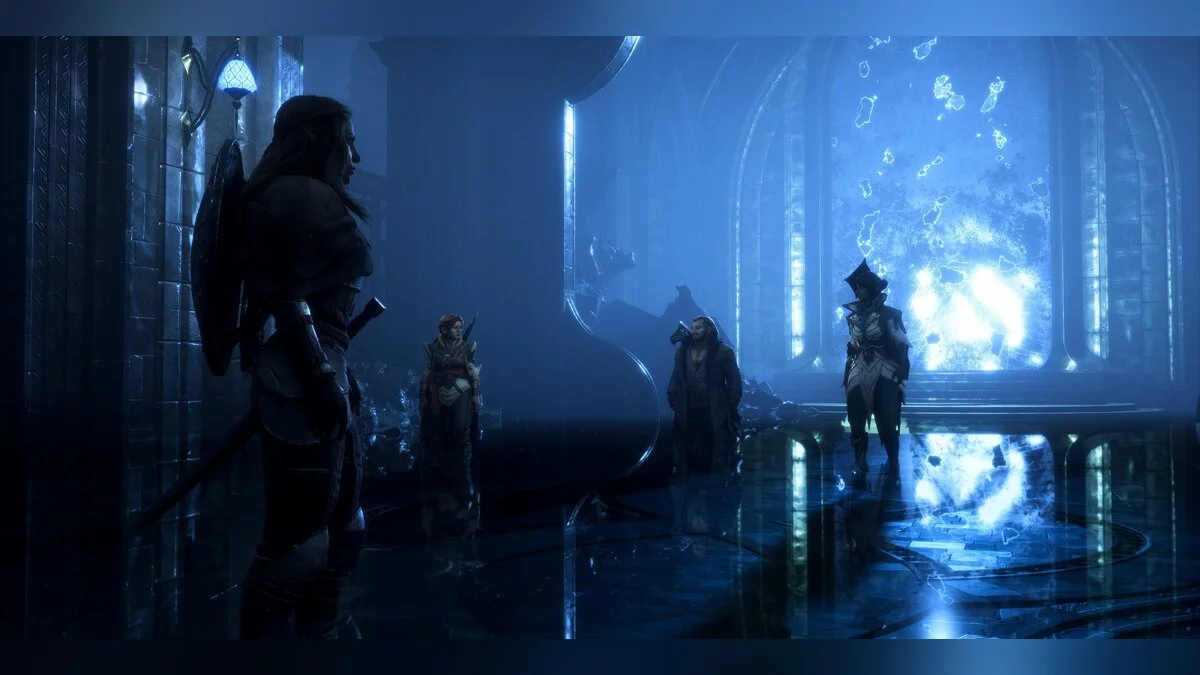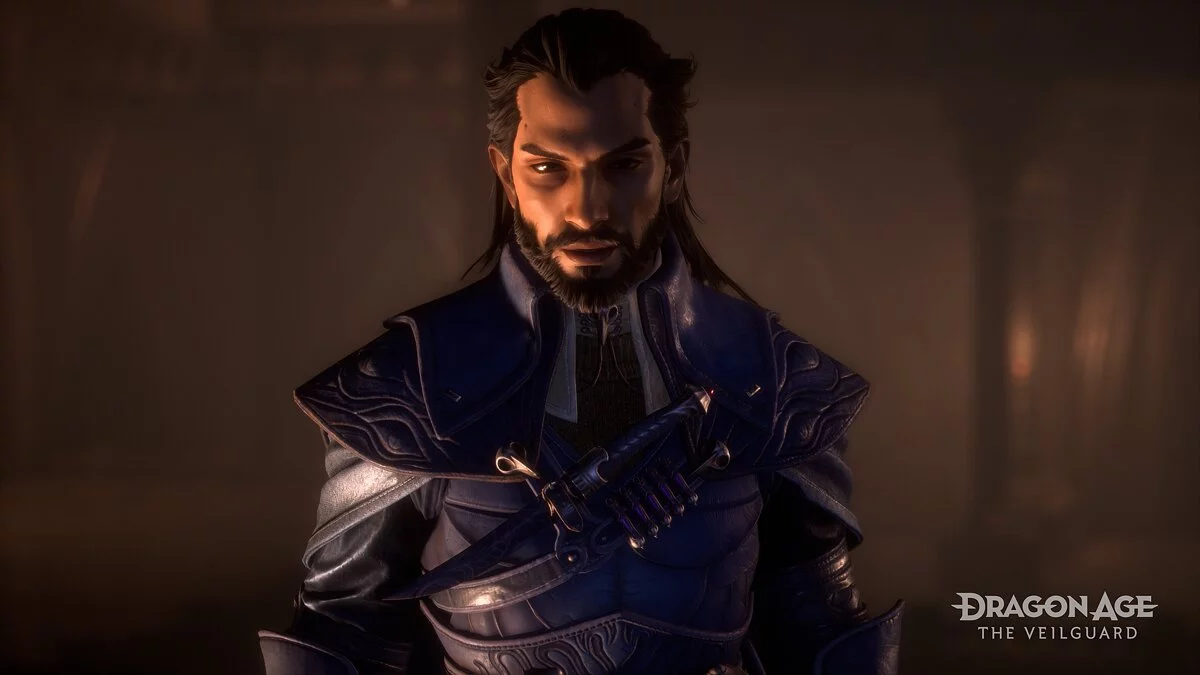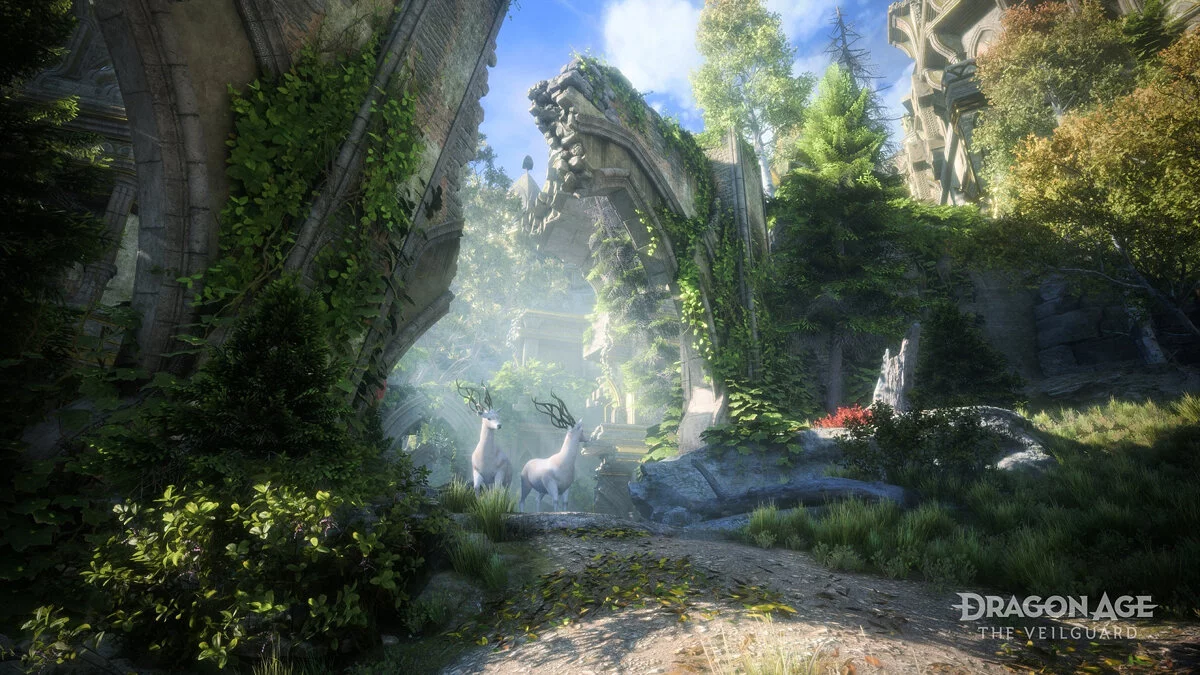Review of Dragon Age: The Veilguard. A Teen Slasher Inspired by Cult Dark Fantasy

After nine years of development, several changes in concept, team reshuffles, and rewriting the title, Dragon Age: The Veilguard has finally been released! Immediately after the release, the gaming community split into two camps: some praise the game and call it almost BioWare's best creation in the last 12 years, while others hate it with all their hearts and criticize it for the clear change in tone and departure from the series' canon. Additionally, the Western press added fuel to the fire by giving the project very high ratings solely for the presence of non-binary characters and the ability to add scars on the chest. It's no surprise that The Veilguard became the subject of controversy and heated discussions.
Given the mixed reactions from gamers and differing opinions about Dragon Age: The Veilguard, we dived into the game ourselves to objectively evaluate the product without fanaticism and bias. Our main goal is to examine how the game stands as a standalone fantasy adventure for newcomers and to assess how well it honors the series' legacy, which is important for devoted fans. In the review, we will talk about all the strengths of the project, as well as the major problems that many have overlooked.
Why There's So Much Hatred Towards The Veilguard
Released in 2009, Dragon Age: Origins showed the entire industry what dark fantasy should look like. It was a role-playing game with a very rich and branching story, complex and multi-layered characters, and moral choices that led to horrific consequences. The writers did not shy away from telling stories about political intrigues, religious extremism, and inhumane acts in the name of a higher goal. The first part was famous for its mature themes, engaging dynamics of relationships between party members, and flexible storytelling that fully allowed players to identify with the main character.
The second part was initially planned as a spin-off that used a more intimate approach, focusing on the local story of the Champion of Kirkwall. However, the publisher was not satisfied with this plan and demanded a full-fledged sequel from BioWare. The developers had just over a year to put something together. As a result, there was only enough time for a crumpled plot and a more dynamic combat system. In terms of the plot, Dragon Age 2 significantly deviated from the path of dark fantasy: inappropriate humor, irony, and absurdity appeared.
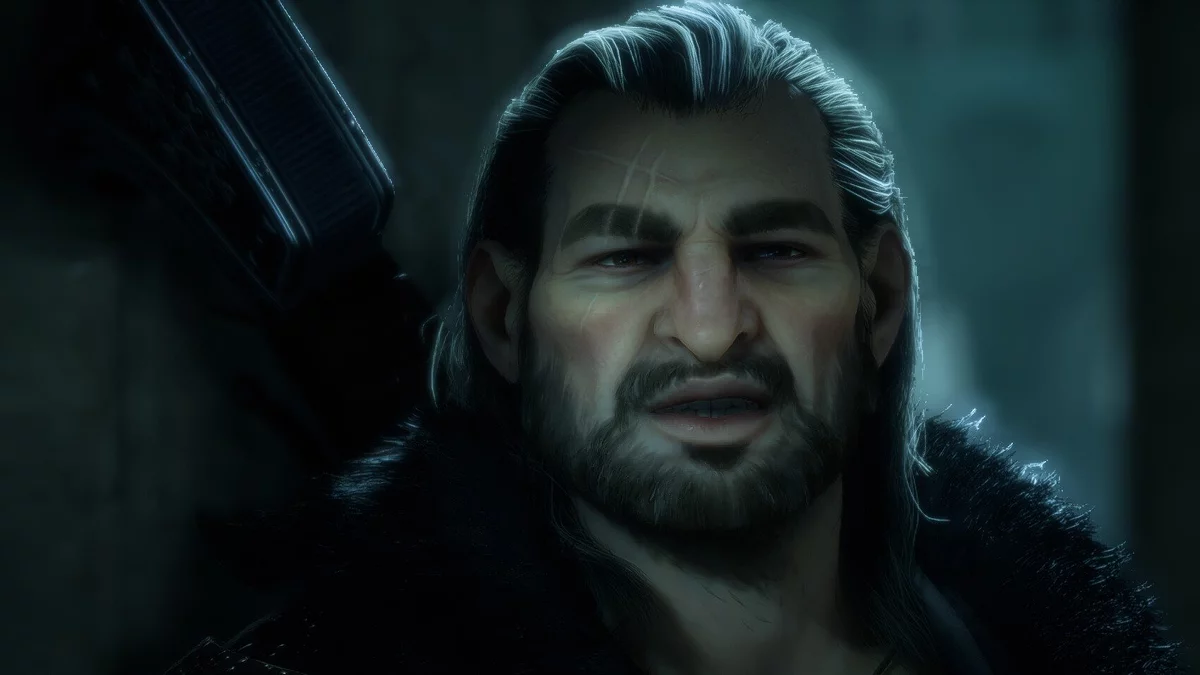
With the third part, which received the subtitle Inquisition, the series deviated even further. Despite good sales and high ratings, devoted fans were lukewarm towards the continuation. After the unsuccessful sequel, the developers had to completely change the game formula, adding an open world, repetitive quests, and excessive resource grinding. The dark fantasy became even less dark, and the main plot barely touched on adult themes. Yes, Inquisition could boast interesting stories and memorable characters, but the side quests and tedious reputation farming turned a potentially quality game into a parody of a single-player MMO.
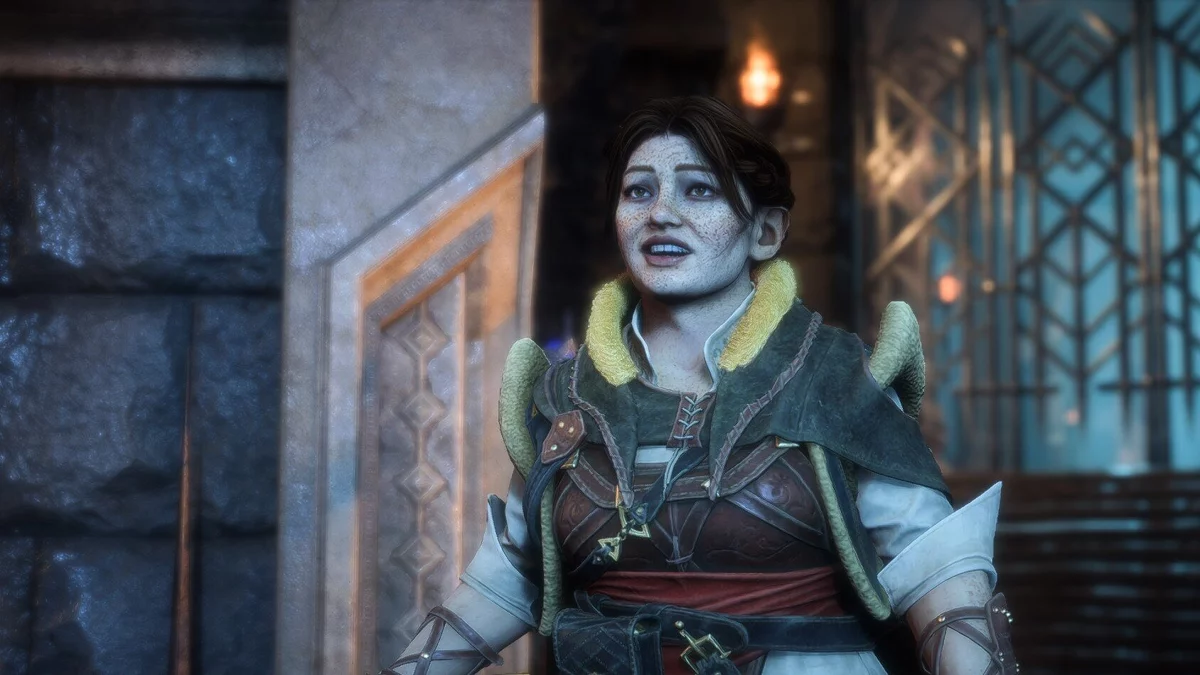
There is an explanation for everything said: EA's desire to sell Dragon Age to a new audience. Not everyone is fond of exploring moral ambiguity and existential themes, while bright and hopeful stories in the spirit of Disney cartoons make a «good box office». EA demanded that BioWare constantly reduce the level of darkness and brutality in the sequels, as well as modify the gameplay to appeal to as many people as possible. Therefore, all the games in the Dragon Age series differed significantly from each other in gameplay, mood, and setting.

According to all the leaks and insider reports, the development of Dragon Age: The Veilguard was chaotic. Series veterans wanted to return to the dark fantasy setting and make a sequel in the spirit of Origins, but the publisher demanded a more audience-friendly action-adventure. The main plot was rewritten and simplified multiple times. At EA's request, a huge chunk of the main story was cut from the game, and the dark tone and harsh lines were completely changed. The writers, against their will, added elements of comedy to the script, as well as dialogues focused on friendship. As a result, we got a game completely different from the project presented to us in June 2022. The studio even changed the subtitle from Dreadwolf to The Veilguard to remove all hints of dark fantasy.
It's no surprise that long-time fans were horrified by the gameplay presentations. The dark tone with a creepy atmosphere turned into a «bright» heroic adventure in trendy neon colors. Dragon Age is no longer an RPG with tough choices and moral dilemmas, but an adventure-oriented action game in the spirit of Hogwarts Legacy. Stylish action from God of War and exploration of linear-restricted locations replaced tactical battles. Fans were left with hope for a deep story and characters, which were the hallmark of the series. But the advertising campaign with an inclusive agenda hinted that the new Dragon Age is now about kindness, fun, and tea parties with friends. Most gamers had a natural question: why is The Veilguard called a continuation of the Dragon Age series if it has nothing from the previous parts?
Which games in the Dragon Age series have you played?
«A Disney Tale»
Dragon Age: The Veilguard is a direct continuation of the Inquisition story. The former companion of the Inquisitor, an elf named Solas, tries to break the metaphysical boundary between the earthly world and the Fade to return lost powers to his people and restore their tarnished reputation. He doesn't care that such manipulation of the barrier will flood the real world with hordes of demons that will wipe out all living things on the continent. Varric, a dwarf familiar to us from previous parts, tried to stop Solas by gathering a team with our main character and attacking the elf when he had already slightly opened a piece of the veil. As a result, the protagonist named Rook disrupts the ritual and accidentally releases two ancient elven gods, who now need to be found and destroyed. Since Varric is seriously injured and Solas is trapped in his own prison, we must gather a friendly team, unite factions, and save the world from the biggest Blight ever seen.
The new story is noticeably lighter in tone. Characters and dialogues often take on a playful, even comedic quality. Instead of a dark story of survival and moral ambiguity, The Veilguard presents a straightforward hero's journey with minimal risks and no significant consequences from the decisions made. These changes in storytelling are noticeable literally in the first scenes, where friendship and teamwork play a bigger role than the series' hallmark themes of struggle and sacrifice.
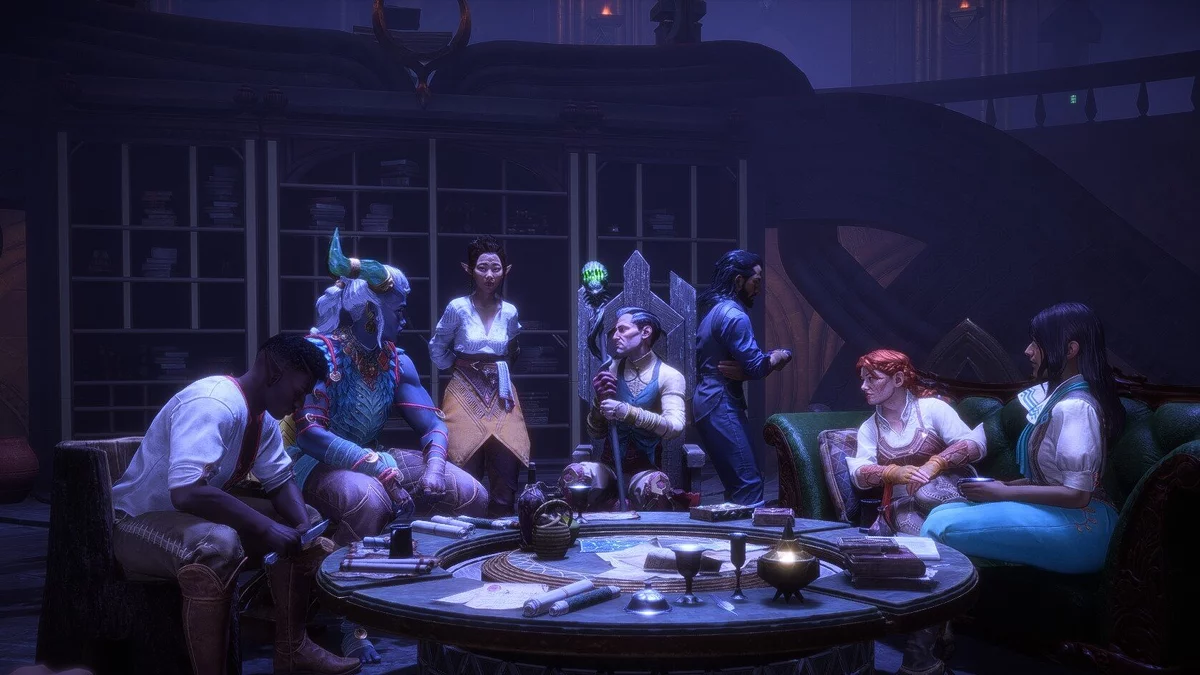
The new villains are clichéd and caricatured. They have no specific motivation. They are evil simply because they are evil. At the same time, for the first twenty hours, the writers with a serious face talk about the terrible elven gods that no one but Solas could previously defeat. And already at the end of the first act, our brave squad, without much effort, scratches one boss's face with a dagger, after which he runs away from the battlefield with a feigned scream.
Local dialogues in The Veilguard can be described with the word «graphomania». Listening to them is simply unbearable. Because of this, it's impossible to personalize secondary characters as individuals. Throughout the entire playthrough, we didn't remember anyone at all. The writers had a few archetypes in stock, which they distributed to all NPCs and wrote the main quest lines for them. You won't see any character development, motivations, or distinctive traits. If a character is bad, you'll immediately understand that they are bad. For example, in the personal quests of our party member Lucanis, we meet his cousin Illario, whom the writer tried to present as a close ally, but in the dialogues and behavior of the hero, a villainous note is clearly traced. The authors literally chew out all the hero's motivation to the player from the first seconds and then continue to tell a story where the main cliffhanger is already known. And this is not an isolated case. The whole game is literally built on such characters.
The main plot is a teenage fantasy with elements of social drama. No ethically complex decisions or role-playing models. Heroes always succeed simply because they are kind. And you can't be a cynical villain as in the first part. The developers have completely removed this option. The choice of dialogues in The Veilguard is just for show. Any of the three options leads to the same consequences. Moreover, the removal of negative dialogues from an already finished build is visible to the naked eye. The third line on the dialogue wheel often answers for the «tough» response, and when highlighted, a brief description of the rude phrase is displayed. But if you choose it, the hero says something completely different from what the game promised us in advance. You can always choose only the third option in dialogues, but nothing will change radically in the plot. But the option with sarcasm, borrowed from Fallout 4, in 90% of cases turns any dialogue into an entertaining comedy. We recommend playing the game in this way.
It's hard to believe that BioWare ended up with such a boring and uninspired story. Moreover, the writers clearly understood that new players and even more so fans would start skipping dialogues and just run further along the quest. Therefore, after each mission, they will show a cartoon in which Varric retells all the events of the quest. And then this information will be displayed on the screen again, but in text form. Undoubtedly, this approach to storytelling is aimed at a young audience that perhaps doesn't want to seek depth and doesn't like listening to dialogues.
Secondary quests are also simplified. They focus less on revealing lore secrets or resolving local conflicts and more on tasks for finding items or solving minor problems that do not affect the surrounding world in any way. In each large location, there are two opposing factions, but the player is not given the choice of whom to join. Of course, there are interesting quests with demon hunting or investigating mysterious disappearances, but they are incredibly few for a game lasting 60-80 hours.
Companions in The Veilguard turned out to be too ambiguous. On the one hand, they are interesting in terms of appearance and quite pleasant to communicate with. On the other hand, they lack the moral complexity that companions from previous parts had. Each hero has a clear backstory with little room for ambiguity or personal conflict. The characters of the companions are too linear, making them more like classic sidekicks than multifaceted personalities. However, it cannot be said that the heroes turned out bad. We really liked the kind necromancer Emmric, with whom you could chat about death and the afterlife. Qunari Taash, whom many players hated after the developers' statements about her being a non-binary character, actually represents an ordinary teenager who rebels for any reason. At first, she really annoys with her behavior, but after a while, you involuntarily start to empathize with her story.
In The Veilguard, you can start a romantic line with any of the companions, but don't expect anything special in the spirit of Baldur's Gate 3. Relationships are more carefree, flirting and playful jokes replace the deep emotional connections that were in the early games of the series. There are no bed scenes in the game at all. All intimate moments are shyly hidden behind a black screen. The nudity promised by the developers in numerous interviews was ultimately added only to the character editor. Building relationships itself comes down to pressing a certain button on the dialogue wheel. And yet before, you literally had to pave the way to Morrigan's heart by choosing the right lines and presenting gifts.

The game's main agenda, focused on inclusivity and diversity, is not as scary and intrusive as bloggers have painted it. Even Taash's quest line is not as rainbow-colored as described by Western game journalists. All these non-binary transitions and other hints at changing gender identity do not affect the main storyline in any way. Yes, we were once confused by an internal monologue with a mirror that cannot be skipped, but overall, there was nothing else like it. It is important to understand that characters with different backgrounds, orientations, and identities were also present in previous games of the series. BioWare has always been able to harmoniously weave its values into the narrative, and The Veilguard is no exception. At least, we didn't see anything outrageous in the spirit of Dustborn in the game.
We could go on about all the plot shortcomings, including partial lore changes, the reduced significance of the Grey Wardens, the complete change in Morrigan's character, and the absence of most decisions made in Inquisition. But, essentially, this is just the grumbling of an old fan who expected a revelation of the level of Origins from The Veilguard. Looking more broadly, the new Dragon Age turned out to be more accessible to a new audience. Its simple plot and optimistic tone create a good entry point into the world of Thedas. Although the lack of mature themes and complex narratives will likely turn off long-time fans. But it should be understood that 10 years have passed since the release of Inquisition. The Veilguard can be compared to Fallout 4, where the main lore and concepts are true to the spirit of the original, but the game itself has nothing in common with the classic parts.
«God of War on a budget»
First, it must be accepted that The Veilguard is not a party-based RPG. The fourth part of Dragon Age got rid of all hints of tactics and turned into a colorful action game with real-time battles, simple combinations, and ability activation. Companions are now immortal and serve as additional slots with abilities. They will deal some damage and distract enemies, but in most cases, all the work of exterminating enemies will fall on your shoulders.
The combat system is very similar to the 2018 version of God of War. You have to alternate between weak and strong attacks to create combos and deal more damage. The player can also parry attacks, use ranged shield strikes, and dodge area damage. Due to the wide variety of abilities and combinations, the battles feel spectacular and dynamic.
The bosses are interesting, but most of them are hidden in companion quests. In the story missions, you mainly have to fight dragons and archdemons. Special mention should be made of the difficulty, which works very crookedly with the new combat system. The battles will be very simple if you follow all the timings and timely activate abilities. Difficulty levels only affect the thickness of the armor and health bar of the enemies. After the second act, we had to «poke» each enemy for a very long time, which undoubtedly tired and annoyed us. At some point, we reduced the health of the mobs, and the game became noticeably more dynamic. We recommend doing the same.
There are three available classes: warrior, mage, and rogue. Unlike previous installments, the choice of specialization does not affect the enjoyment of the gameplay. For example, the warrior is no longer just a damage sponge and can easily deal solid damage, no worse than a mage. You can always switch from a sword and shield to a two-handed axe and crush the skulls of darkspawn in seconds. You can place three active abilities and one super ability on the panel. It is allowed to combine your skills with those of your companions to create special synergy that deals staggering damage to enemies.
The development system in The Veilguard is branching and confusing. In leveling up, there are dozens of points that slightly increase the character's stats. The main goal is to reach the active skills and class abilities on the tree. There are far fewer of them than in previous games in the series, but even so, there is enough to create a unique build. For example, playing as a warrior, we assembled a trio of the most powerful abilities that require a lot of rage points. Additionally, we were lucky to find an item that removes the need for rage and allows activating skills simply on a timer. Our hero automatically turned into a killing machine that is not afraid to dive into the thick of things.
The main character development comes from upgrading the level of equipment. There are indeed many different items. If you accidentally find two identical pieces of gear, they will merge into one of higher quality. Therefore, opening chests and searching locations is really important for progression. By increasing the faction and keeper rating in the hub, you can buy more powerful equipment and enhance its characteristics. However, The Veilguard has a lot of different currencies, so gold alone will not suffice in barter. You will have to thoroughly search locations and break hundreds of crates and barrels with your body to get the resources needed for trading. Large loot chests can only be opened once, but small bags and purses respawn each time you enter a location.
Exploring locations is the second most important gameplay feature that will take up a significant portion of your time. The developers abandoned the open world of Inquisition, returning to the traditional branching corridors for the series. In The Veilguard, every corner on the map is detailed to the smallest detail. From a level design perspective, there is nothing to criticize in the game. Thorough exploration is rewarded with good loot, and chests with valuable items are hidden in secluded places. It is amusing that the puzzles in the story missions consist of primitive stone dragging and directing a light beam at a special device, while the exploration part makes you really use your brain and find hidden paths to the coveted goal.
It is worth praising The Veilguard separately for its beautiful and diverse decorations, which you not only want to explore but also admire. In addition to mystical forests, ancient ruins, and colorful cities, the game features classic darkspawn-tainted villages, gloomy castles, a creepy mansion with a crazy female necromancer, a necropolis, and other locations typical of the series. In each area, additional quests will constantly appear, which are worth completing to unlock new nooks with treasures. The locations themselves are small, but they are quite sufficient to satisfy the need for exploration. Despite all the movement restrictions and the lack of freedom on the level of Inquisition, the variety of locations and atmospheric design work favorably for the overall game design.
From a gameplay perspective, The Veilguard is an engaging game by modern standards. It doesn't overwhelm you with excessive activities and doesn't force you to collect everything, as Hogwarts Legacy once did. The combat system is quite varied and dynamic. BioWare was clearly inspired by the modern parts of God of War when laying the foundation of the game design. Both games are very similar in many ways. Here you have limited «corridor-like» levels, shield throwing at switches, hints of acrobatics, interaction with party members to access new places in the location, and much more. The new gameplay has benefited the series. Tactical real-time battles would look very clumsy nowadays. BioWare found an excellent way out of the situation.
Ambiguous Visuals
Visually, Dragon Age: The Veilguard is a mixed experience, distinguished by stunning environmental design but with terrible character models. BioWare's artists worked hard to create a world that feels alive and captivating. The designers have learned to work with the Frostbite engine and created some of the most beautiful locations in role-playing games.
However, there is a problem with character design. Previously, they were created with an emphasis on individuality. Companions and NPCs felt unique even before the player started talking to them. Now everything looks like a heap of inclusivity without considering the characteristics of the race and faction. The Qunari have turned from terrifying horned creatures into standard humans with horns. Elves have lost their individuality in appearance; now they are just humans with long ears. The same situation applies to companions. They are simply unattractive. For some unclear reason, BioWare abandoned realistic facial rendering and stylized the character models as cartoons. It looks not just bad but also awkward. All the animation flaws are clearly visible on the «flat» faces.
The new design of enemies, especially the darkspawn, is laughable. Whereas they used to genuinely instill fear with their appearance, in The Veilguard, they are simply pathetic. Judging by the concept art, all the models originally had a different design, and the cartoonish stylization was absent.
The new color scheme and visual tone are repulsive. Instead of the muted gray shades that correspond to the «dark fantasy» world, we got a purple something with neon tones reminiscent of Saints Row. If the developers added such a palette just to make the game more accessible and visually appealing, they clearly miscalculated.
The music in Dragon Age: The Veilguard is completely generic. It's hard to believe it was composed by maestro Hans Zimmer. The melodies absolutely do not measure up to the compositions from previous parts. Inon Zur composed iconic soundtracks for Dragon Age: Origins and Dragon Age 2, which influenced the series' identity. Zimmer should have at least listened to how the past games sounded to capture the essence and convey it through his music. Alas, The Veilguard received an average fantasy sound, with no memorable motifs.
From a technical standpoint, there's nothing to criticize about The Veilguard. The game works excellently on PC and always delivers a stable frame rate. We didn't notice any bugs. The game looks polished and complete. We can't even remember the last time we received a working build that didn't need a day-one patch.
Will you play Dragon Age: The Veilguard?
***
Dragon Age: The Veilguard is not a continuation of the famous series but a full-fledged reboot that completely abandons the setting, mechanics, role-playing aspects, and sharp themes in the plot. The previous games became popular due to their non-linear storytelling, moral dilemmas, and exploration of dark fantasy themes. The Veilguard, however, takes a lighter narrative path, centered around an adventure with good friends.
As a standalone game, The Veilguard is a quality product worth dedicating free time to. It offers interesting gameplay, a vibrant world to explore, stunning location design, and a decent combat system. However, it lacks the features that once made Dragon Age so popular. You won't meet interesting characters, see magnificent dialogues, or make fateful decisions that affect the game world. The Veilguard is corporate chewing gum that you can chew for a long time and enjoy the process. But, unfortunately, it leaves no aftertaste. Hardcore fans of the series should stay away, while everyone else can consider it optional.
-
Guide to Romances with Companions in Dragon Age: The Veilguard
-
Gears of War Producer: «Low Sales of Dragon Age: The Veilguard Will Lead to Layoffs at BioWar»
-
Analyst explains why Dragon Age: The Veilguard ranked only sixth in October sales
-
BioWare surprises Mass Effect fans with a gift in Dragon Age: The Veilguard
-
BioWare Art Director Shows Concept Art of an Early Version of Dragon Age: The Veilguard

